Day 30 - Walking the Nakasendō, Japan - An Unexpected Art Exhibition In Echigawa, Magical Twilight Walking, and Remembering the Buddha’s Heart Sutra
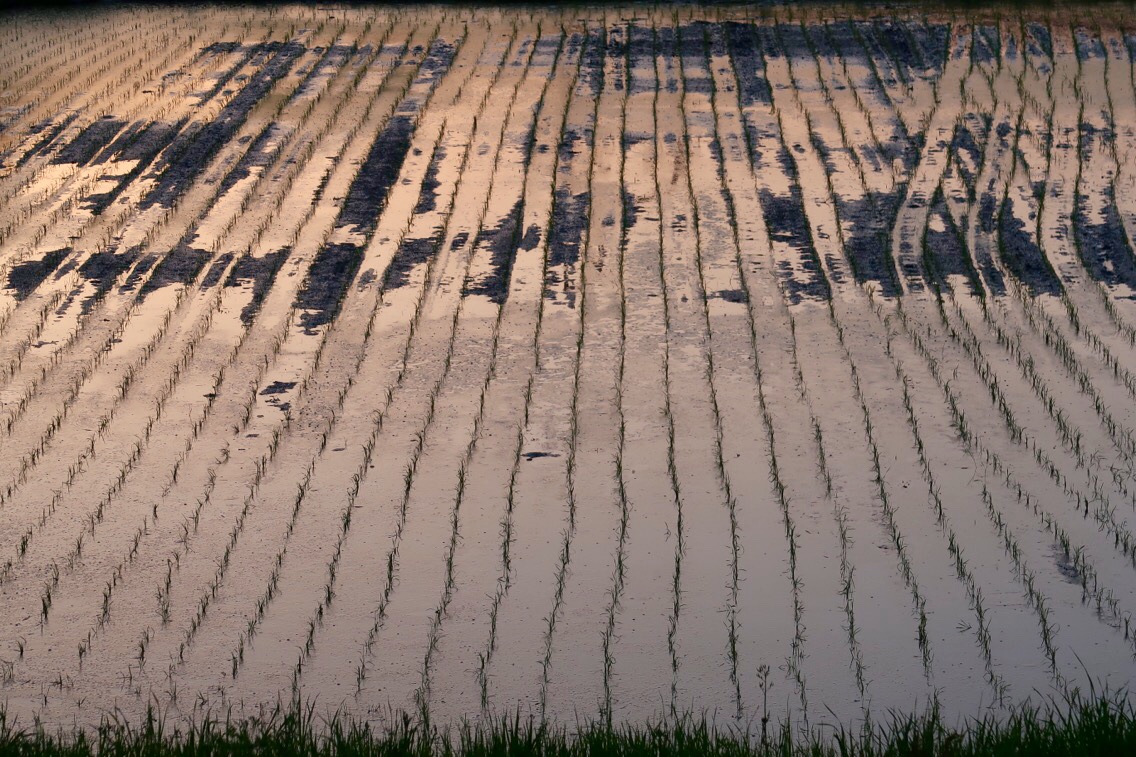
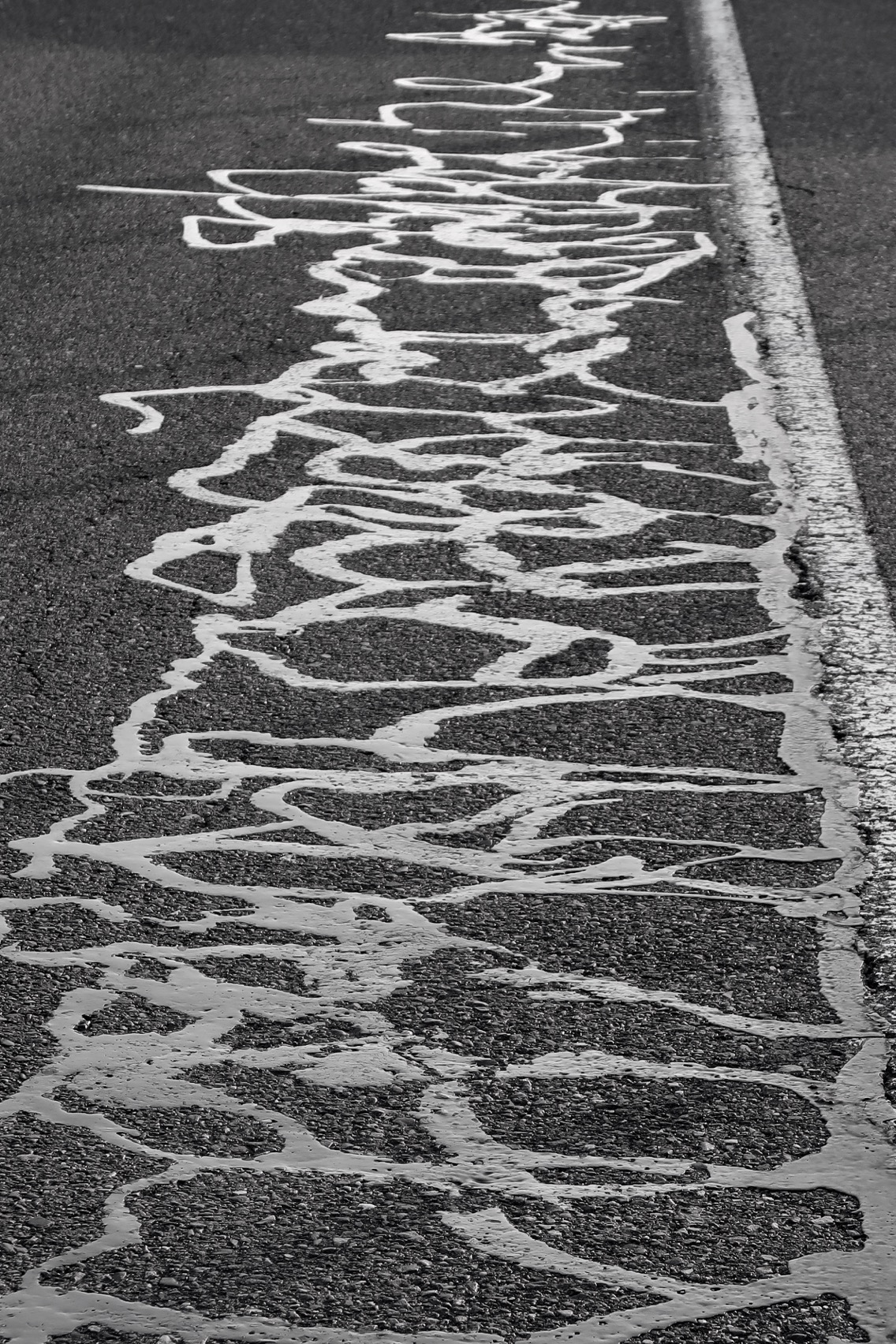
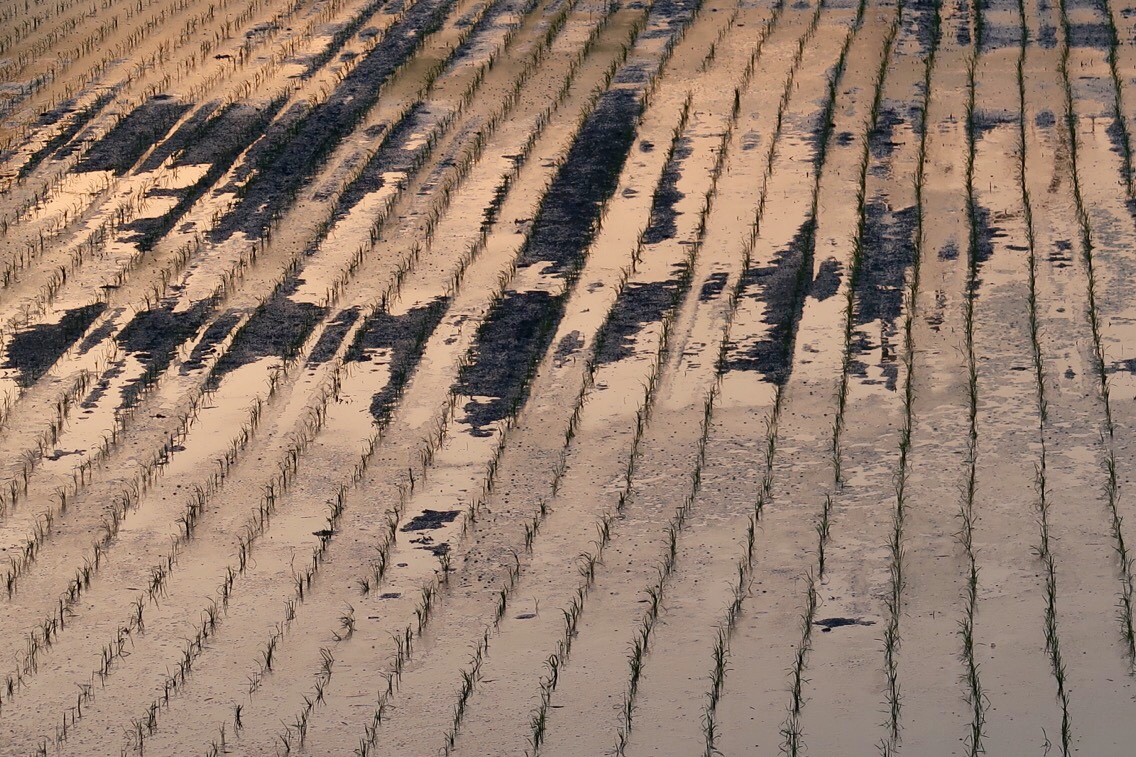
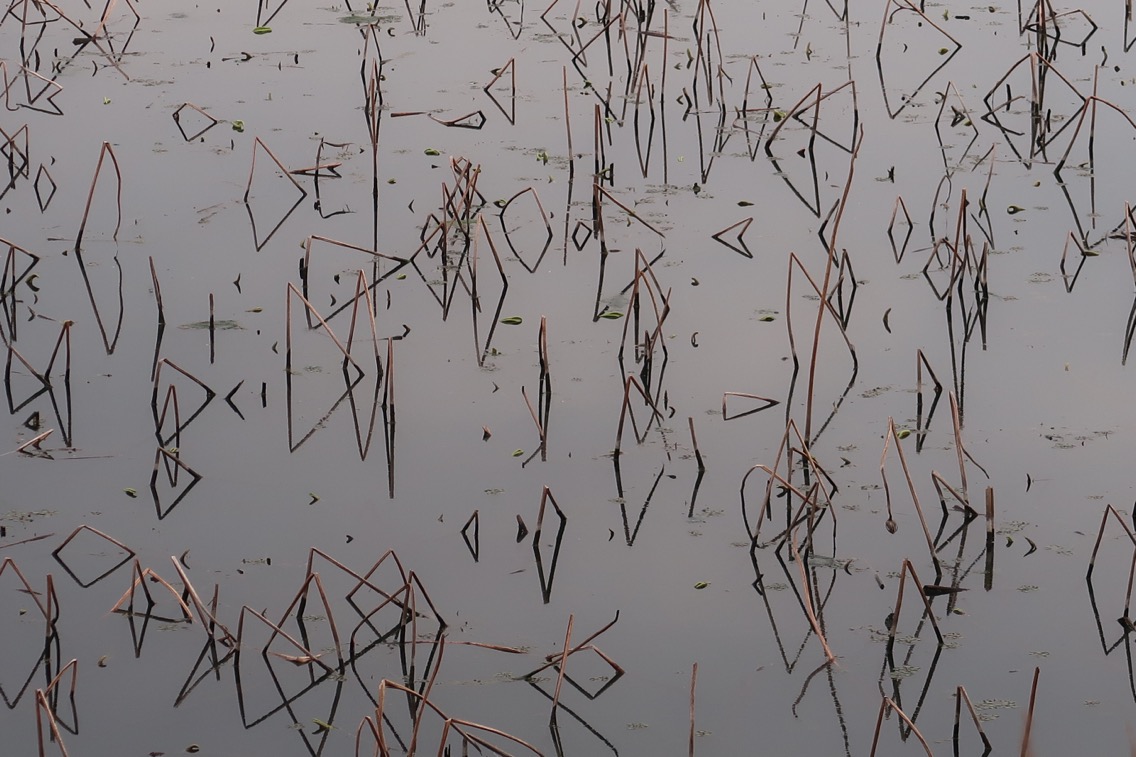
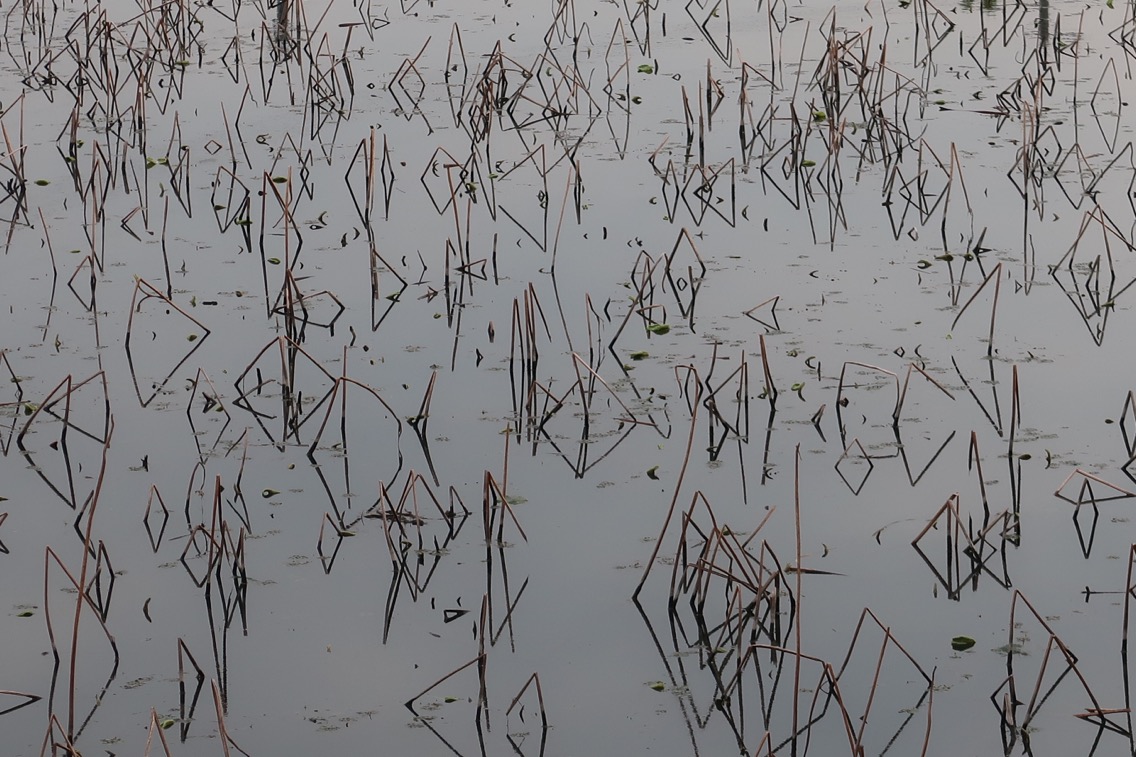
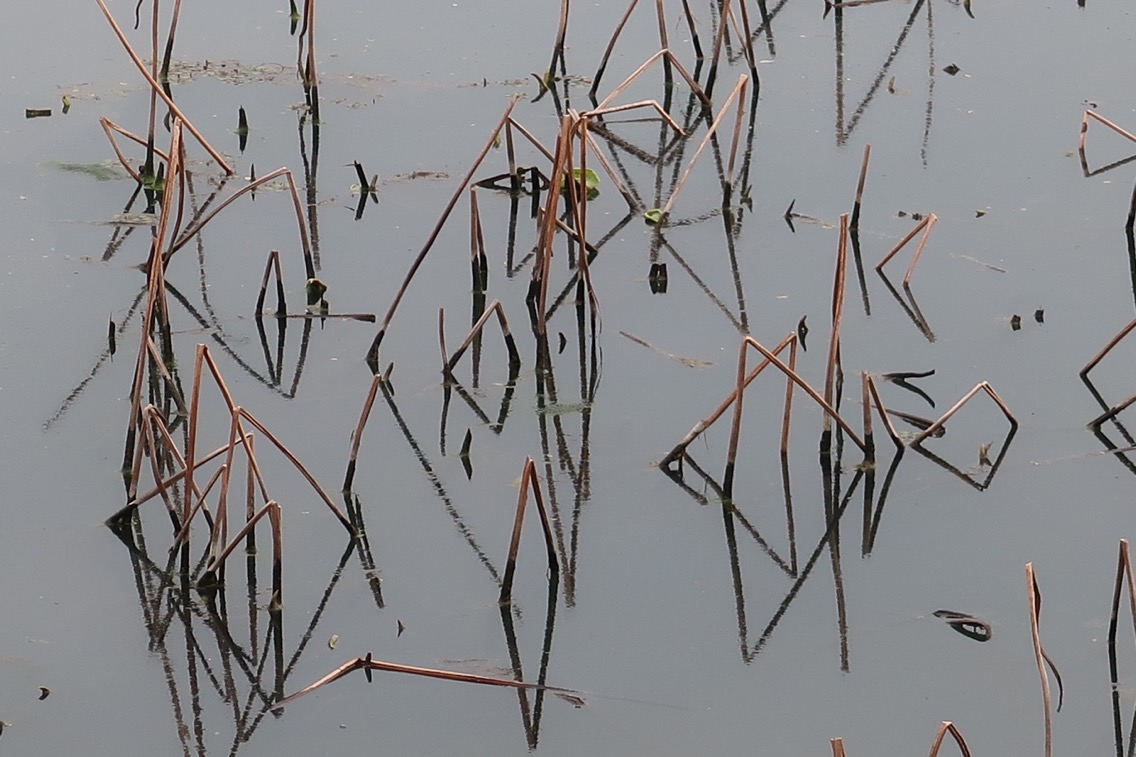
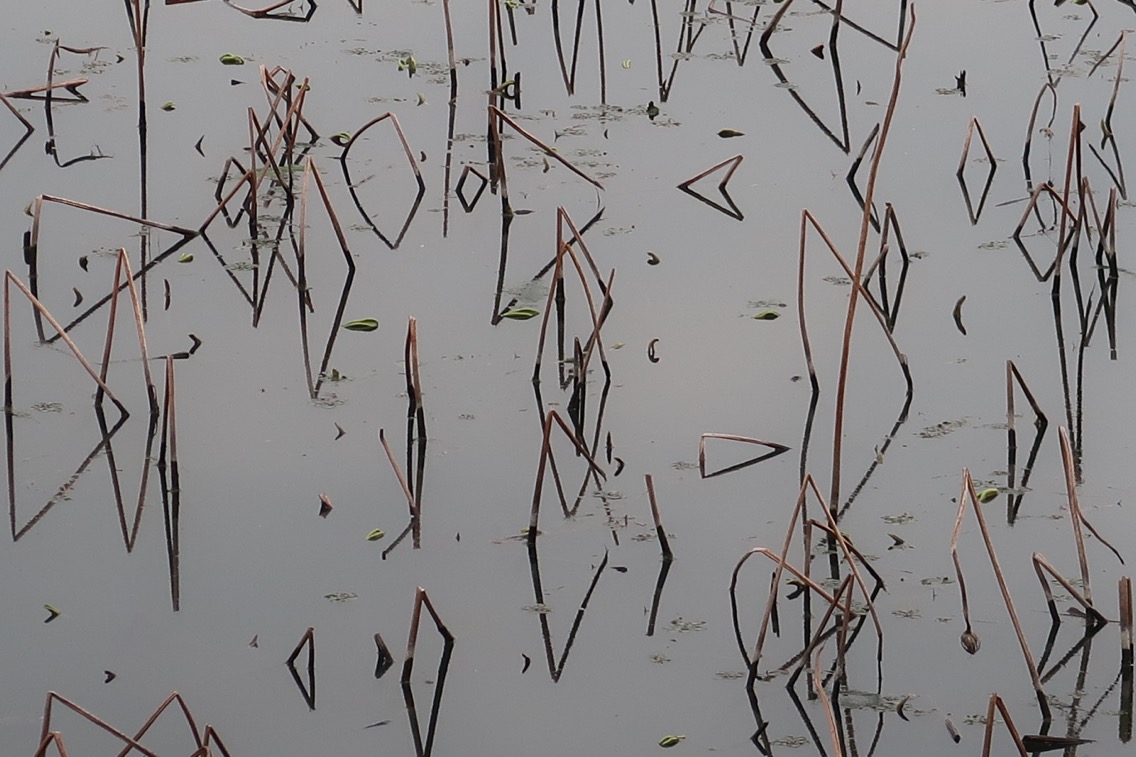
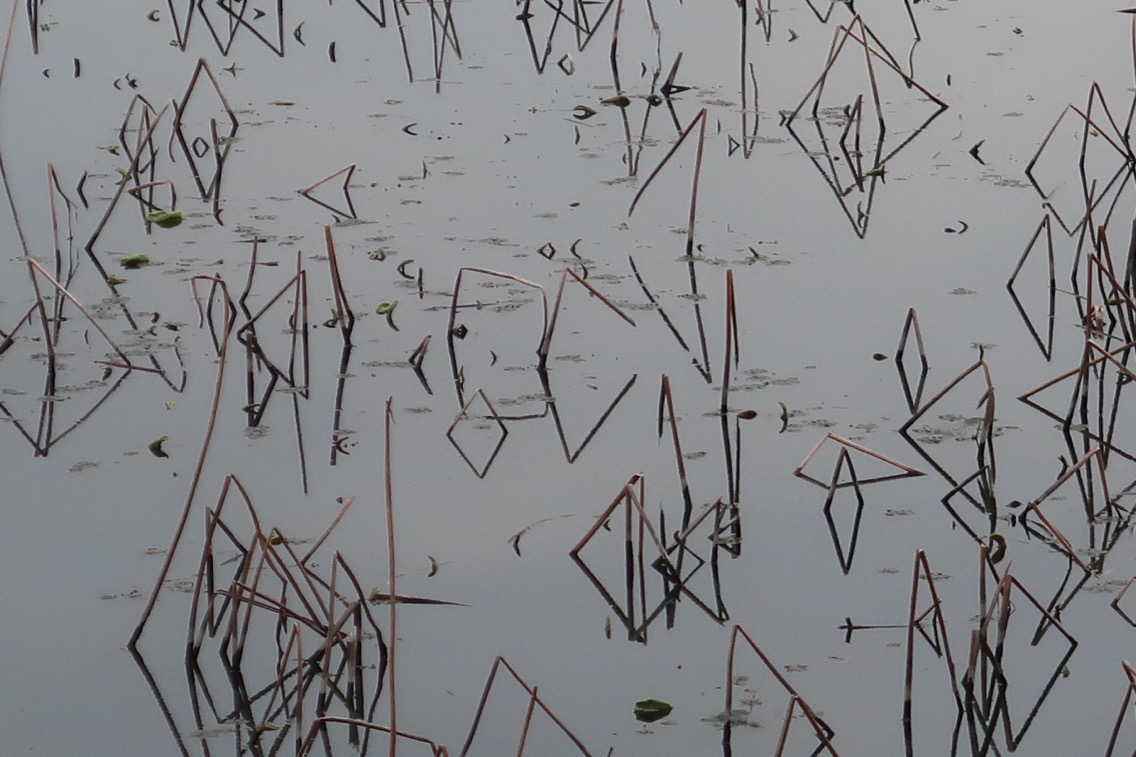
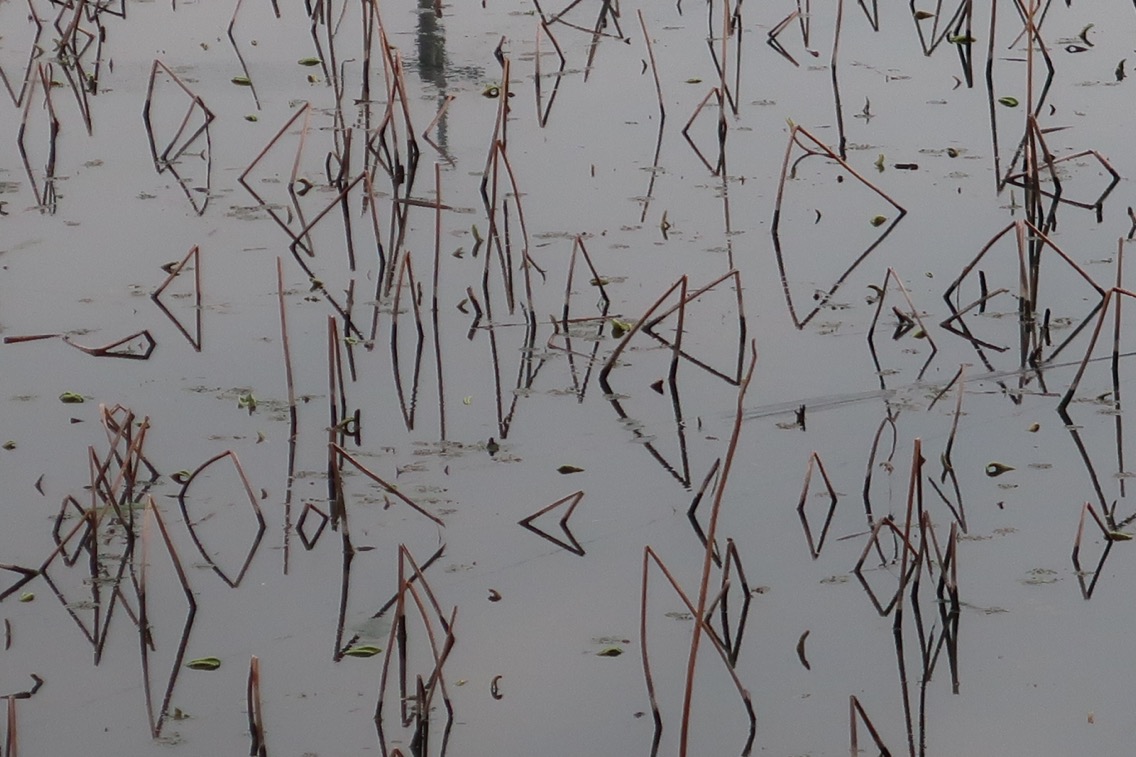
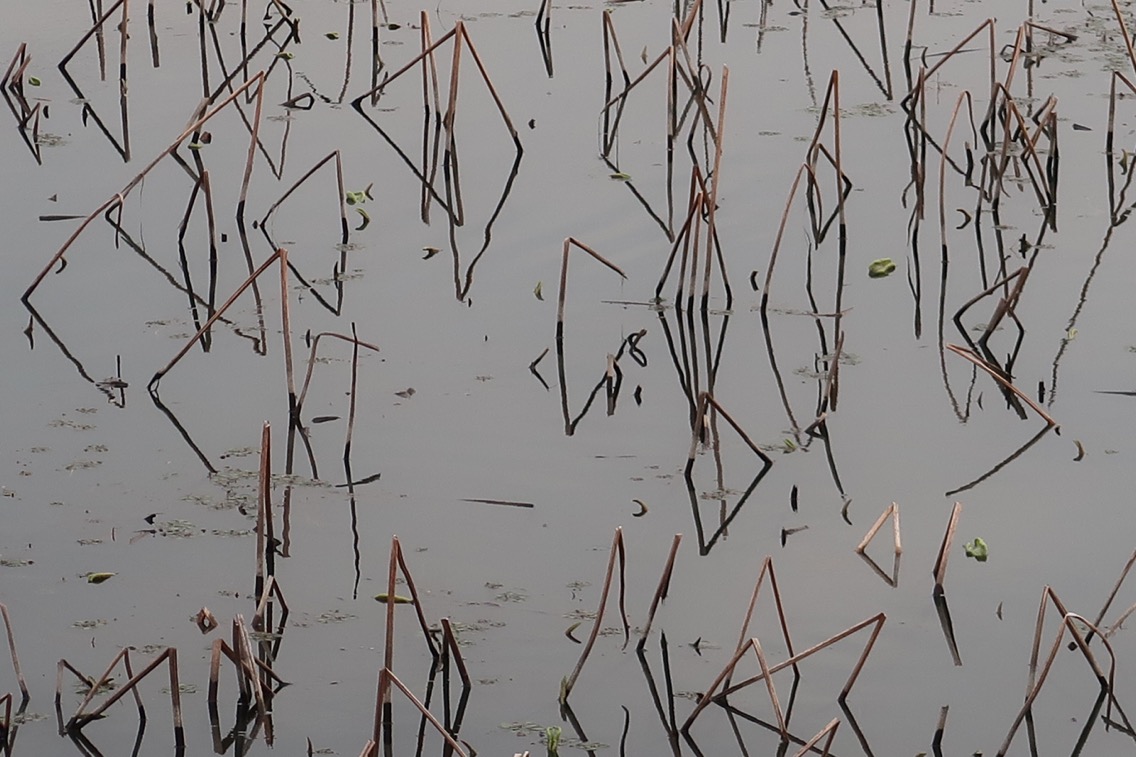
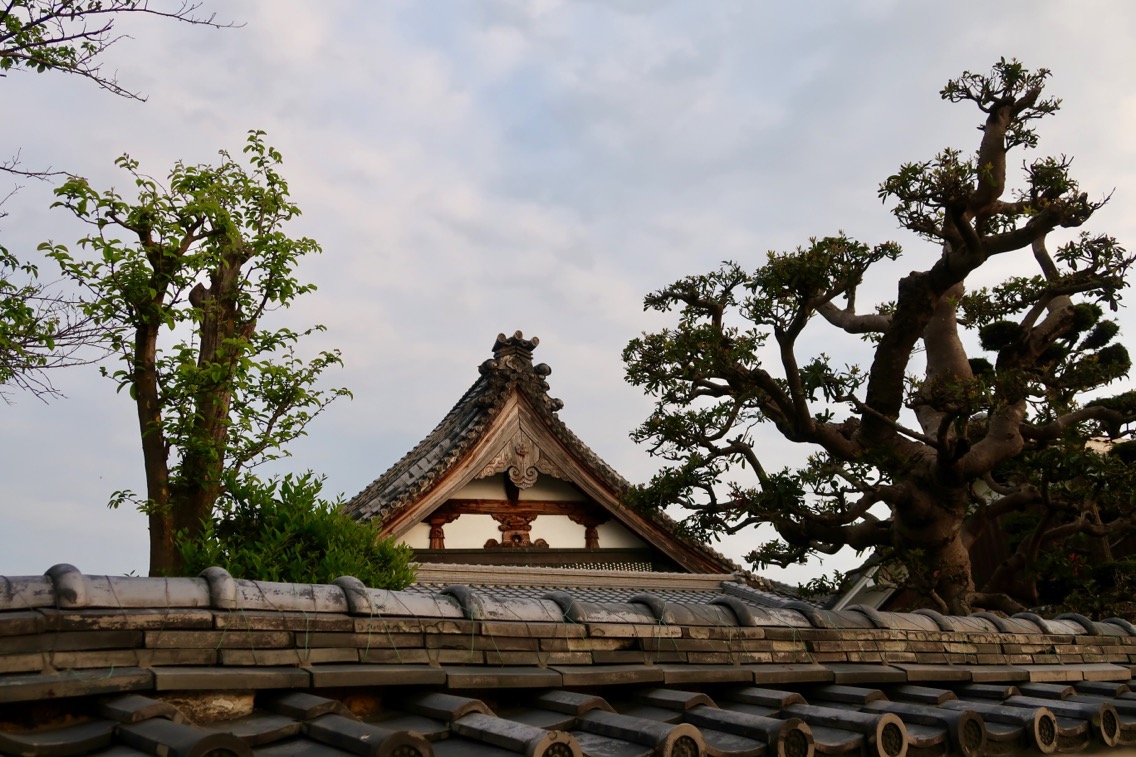
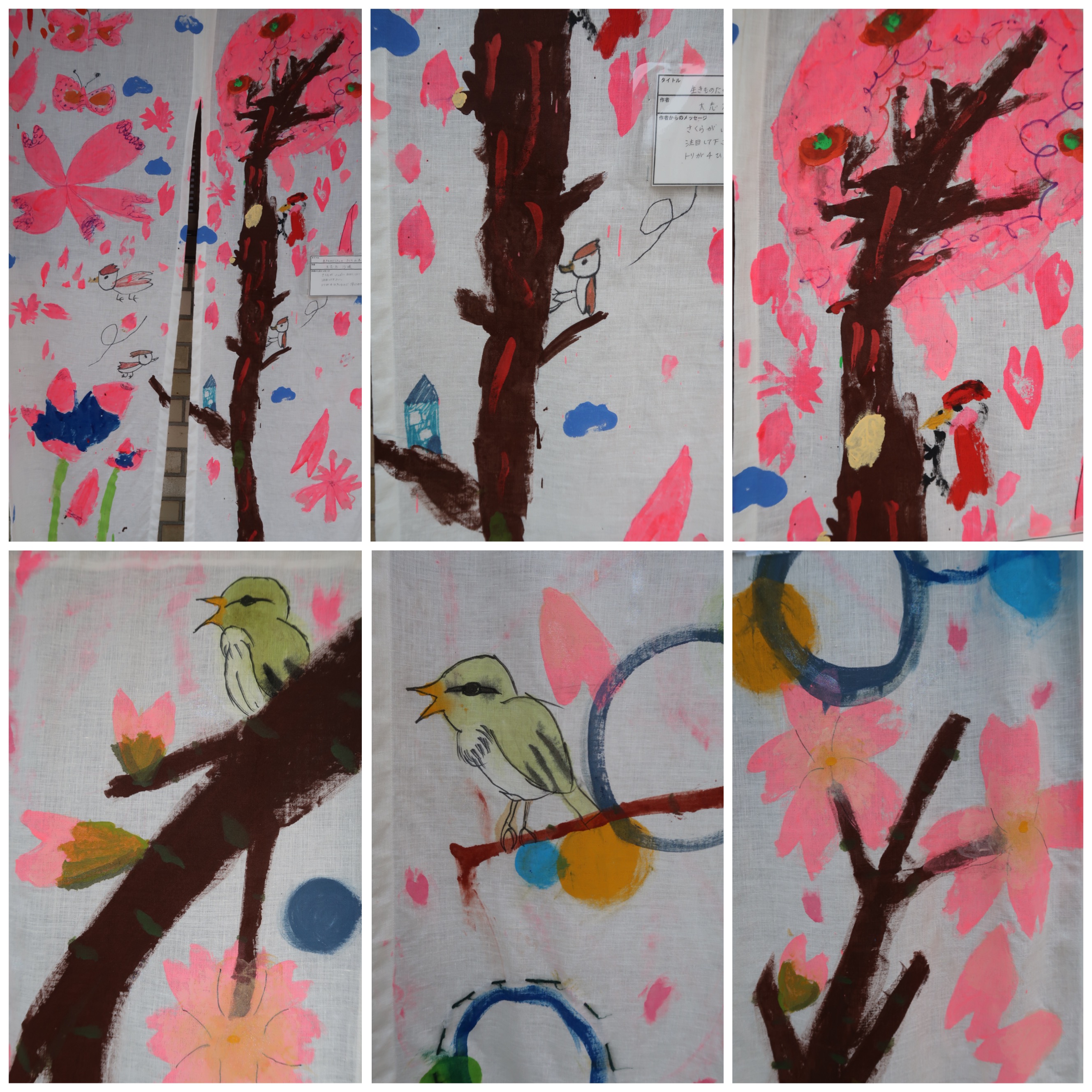
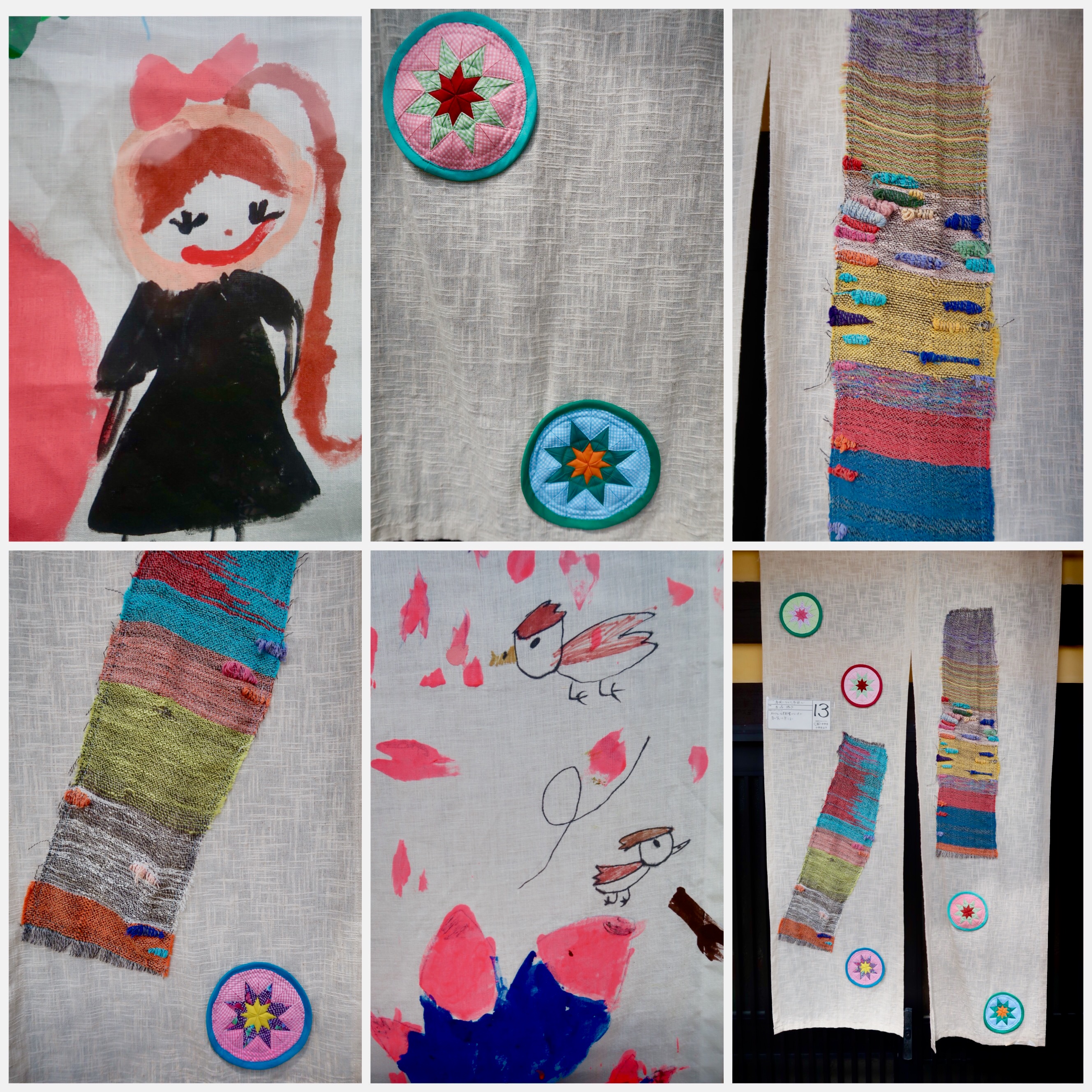
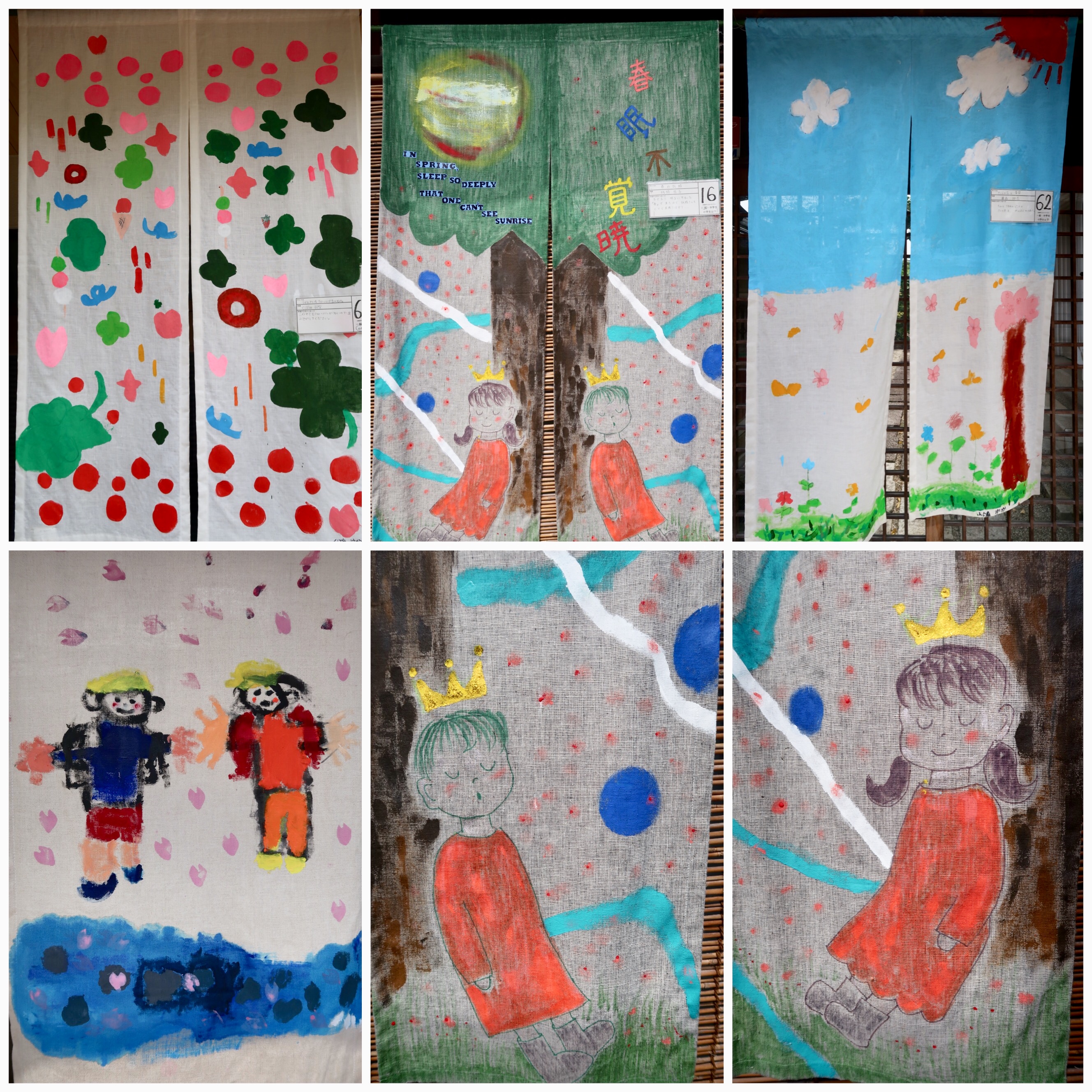
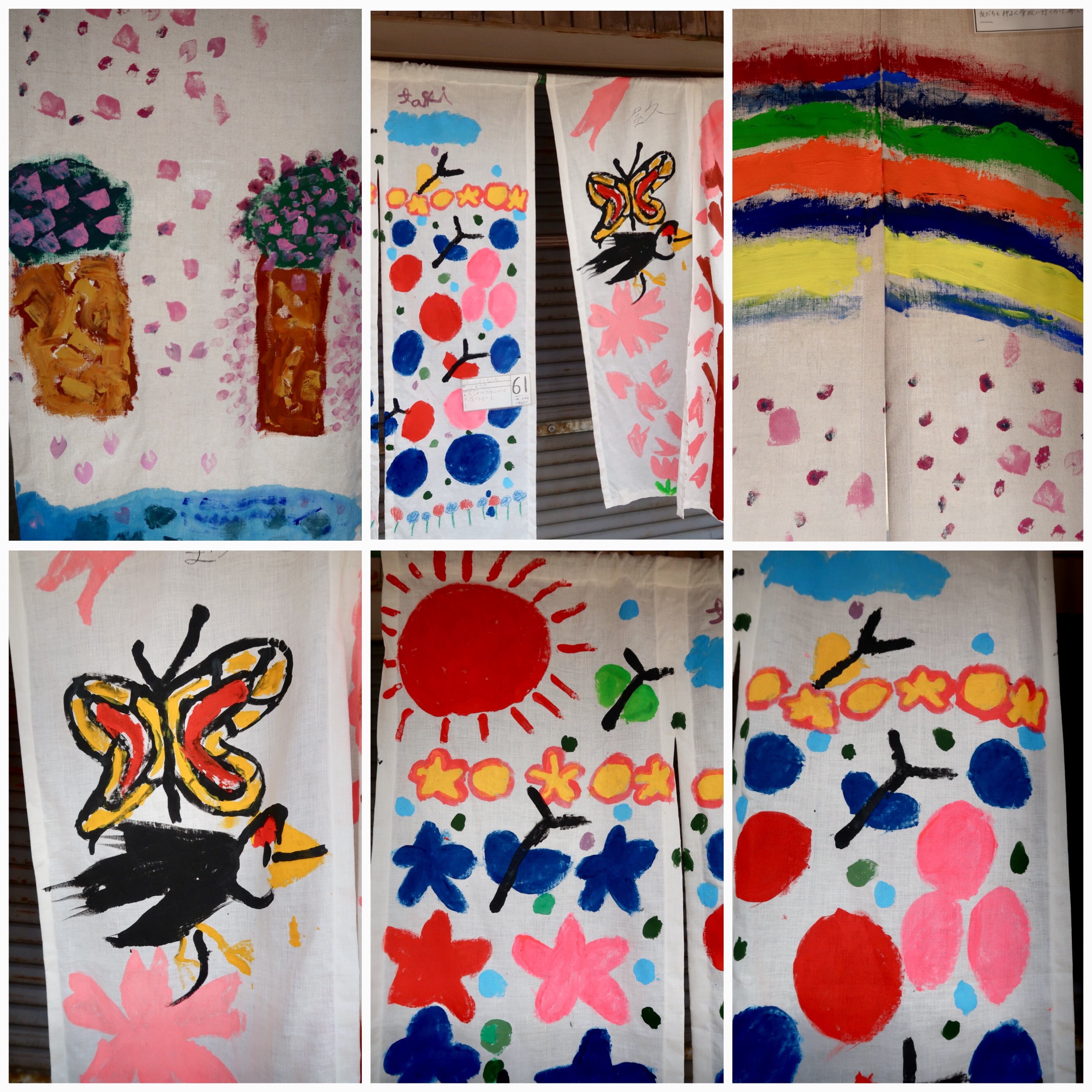
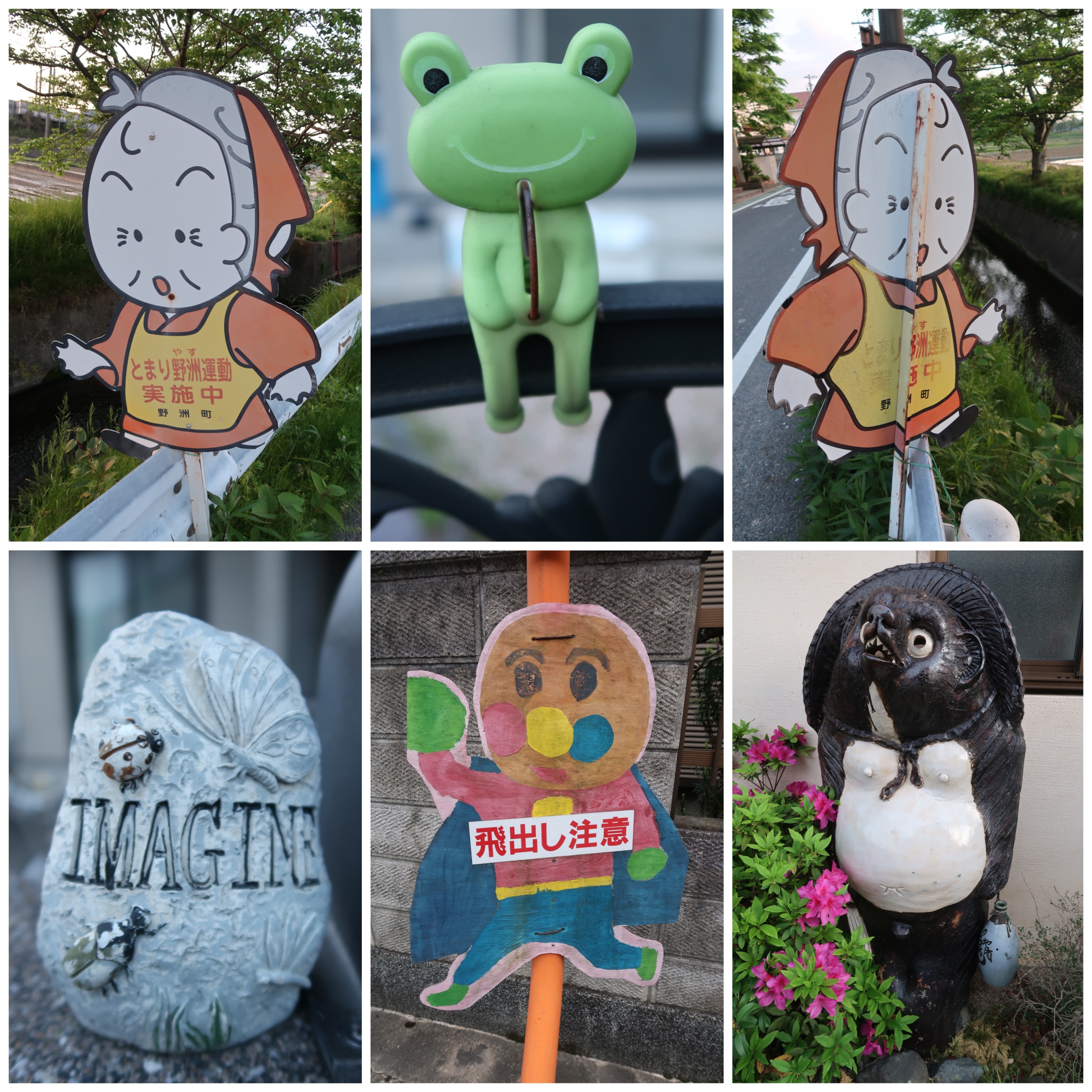
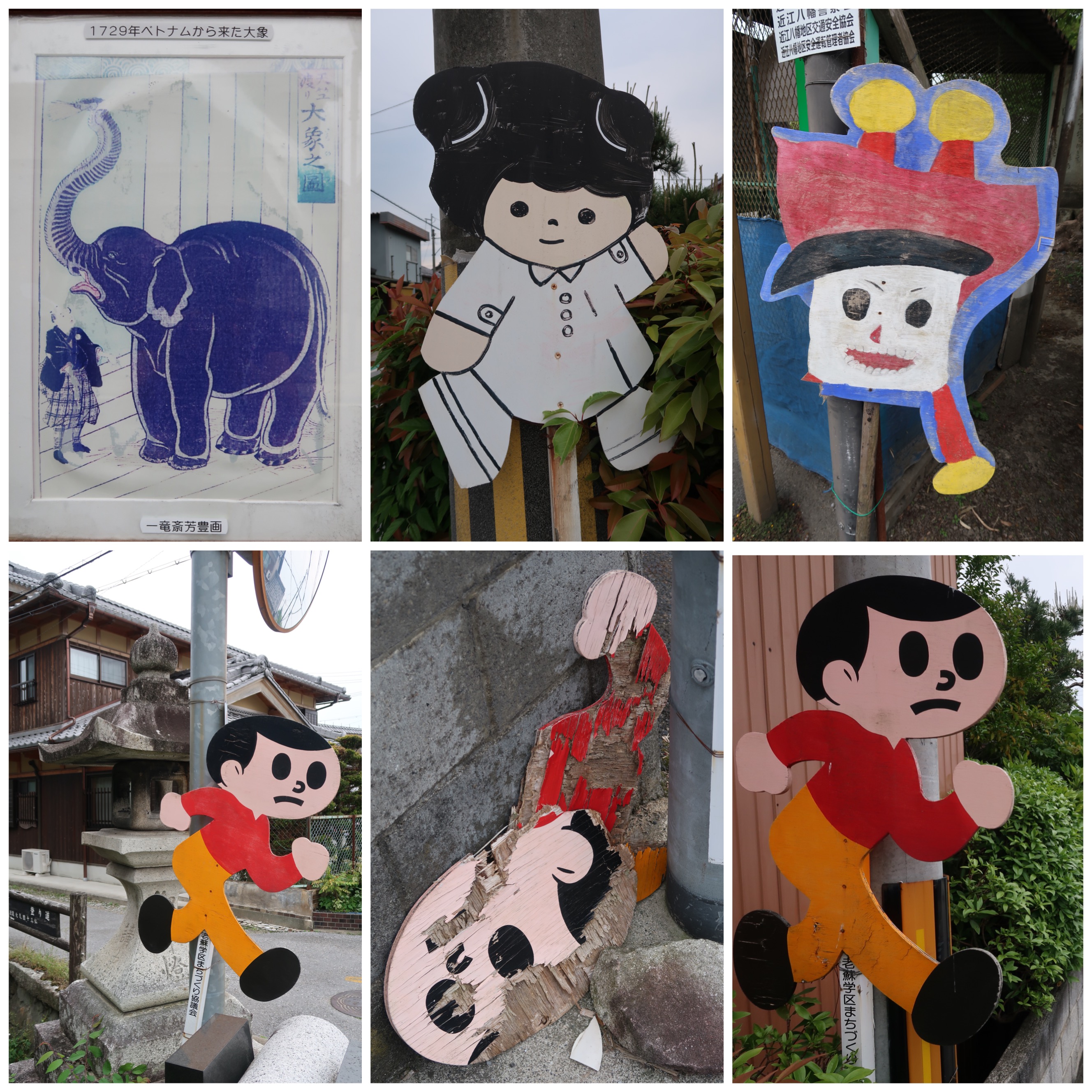
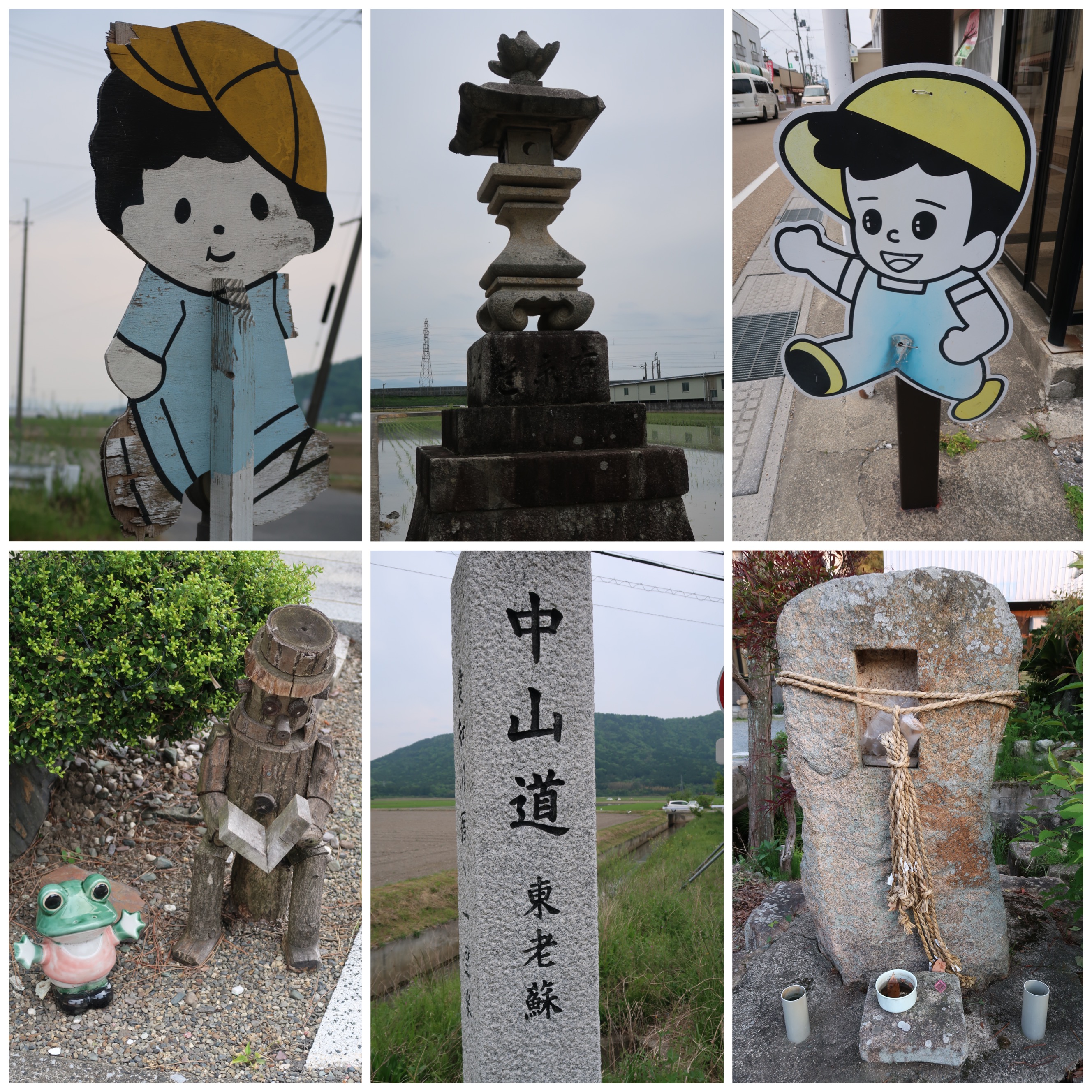
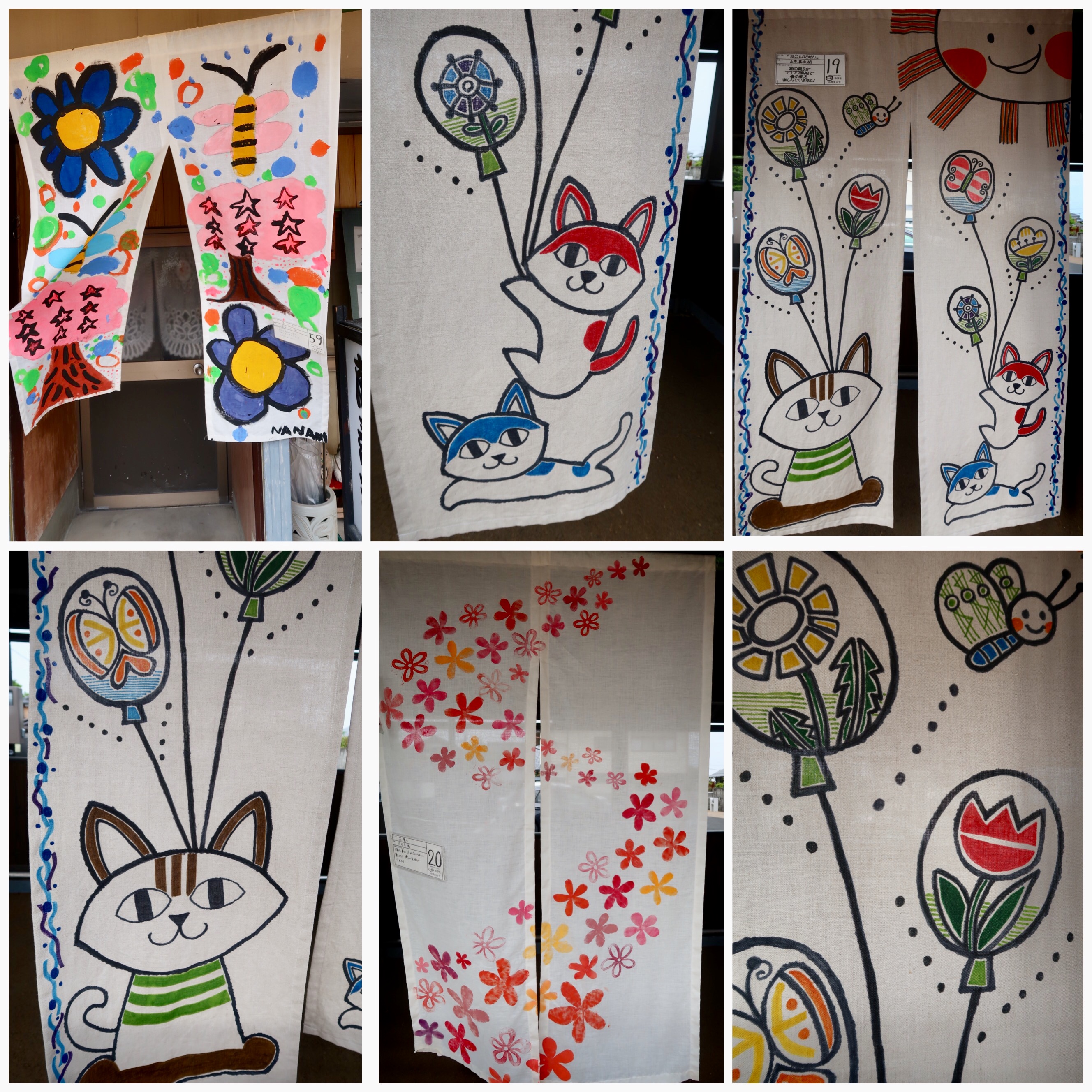
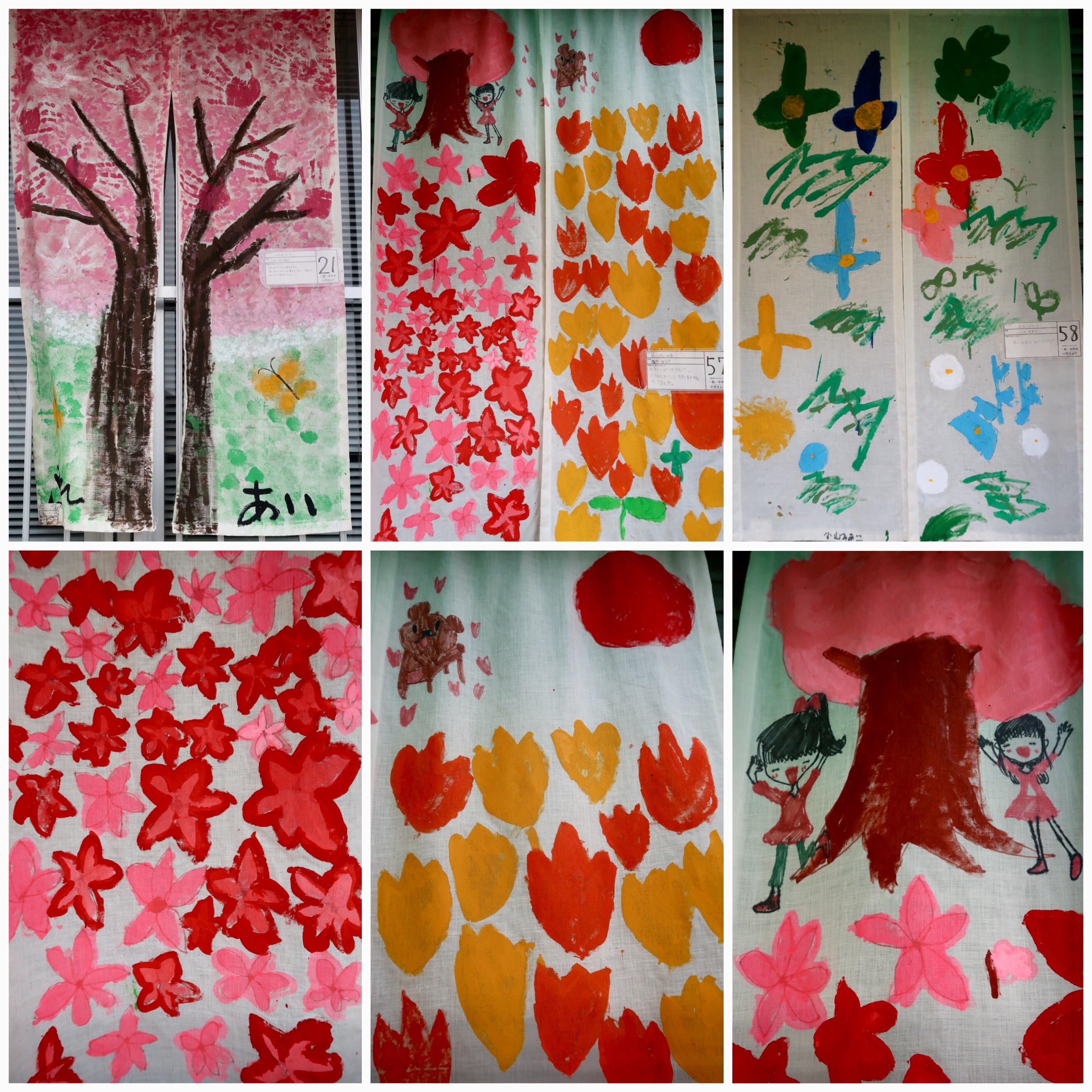
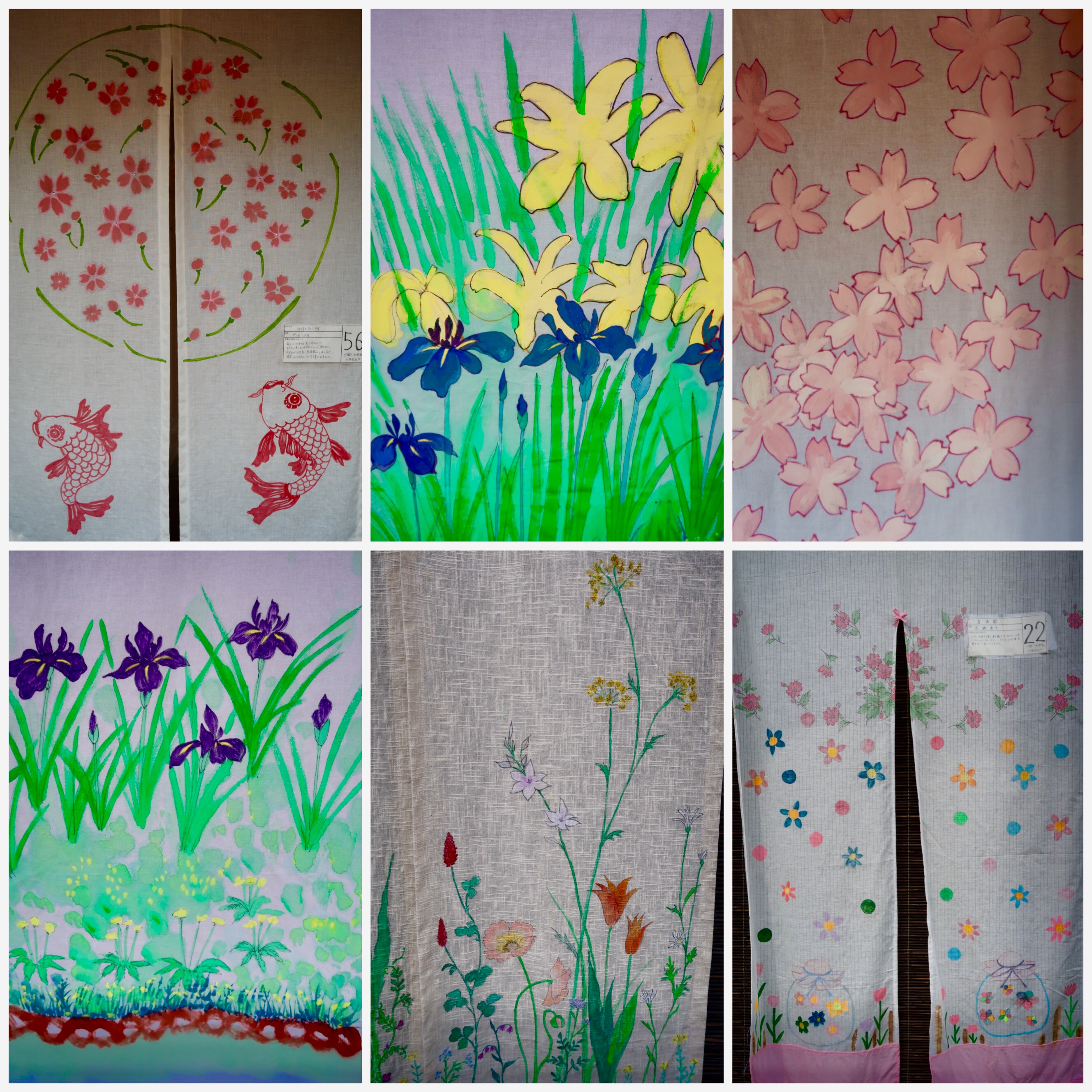
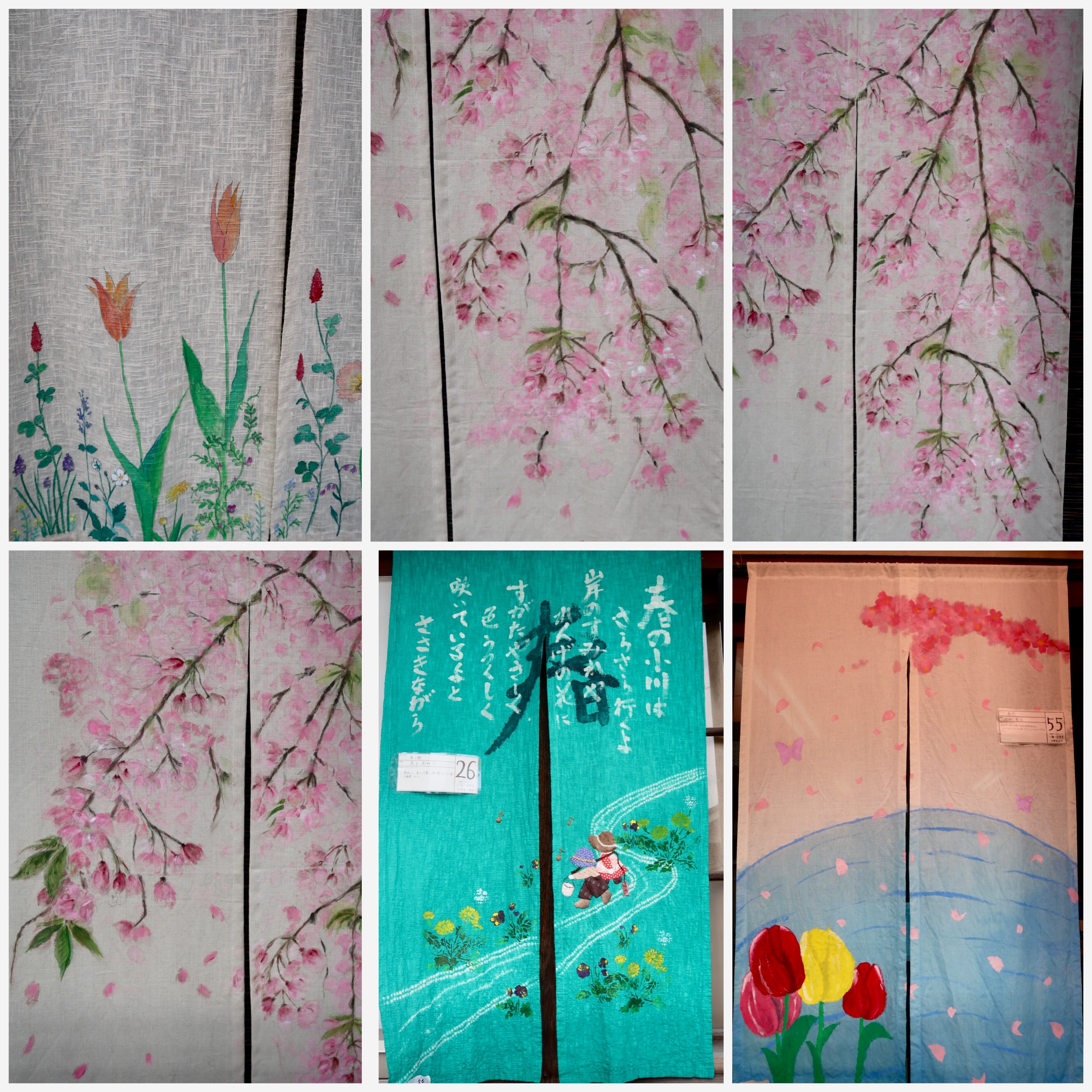
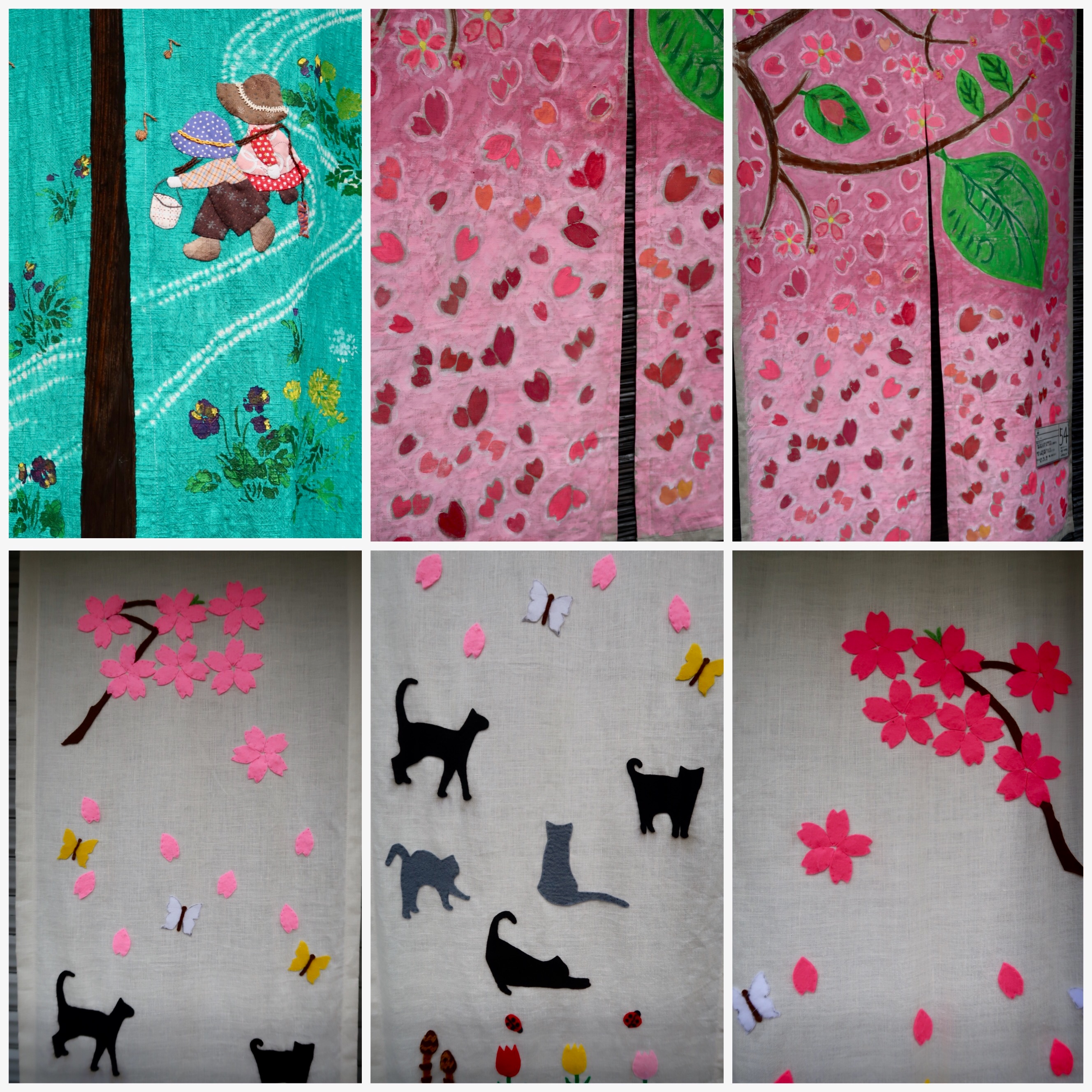
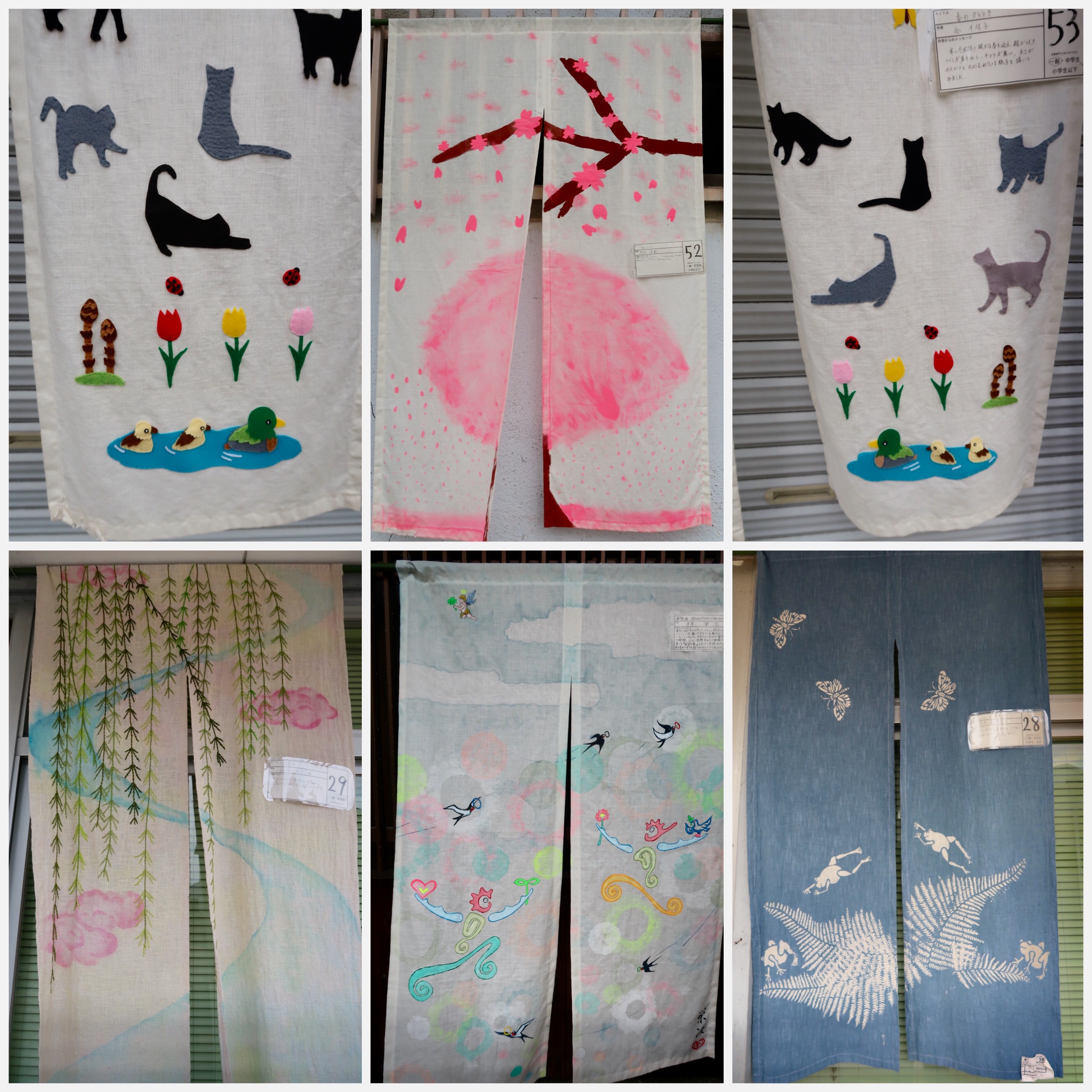
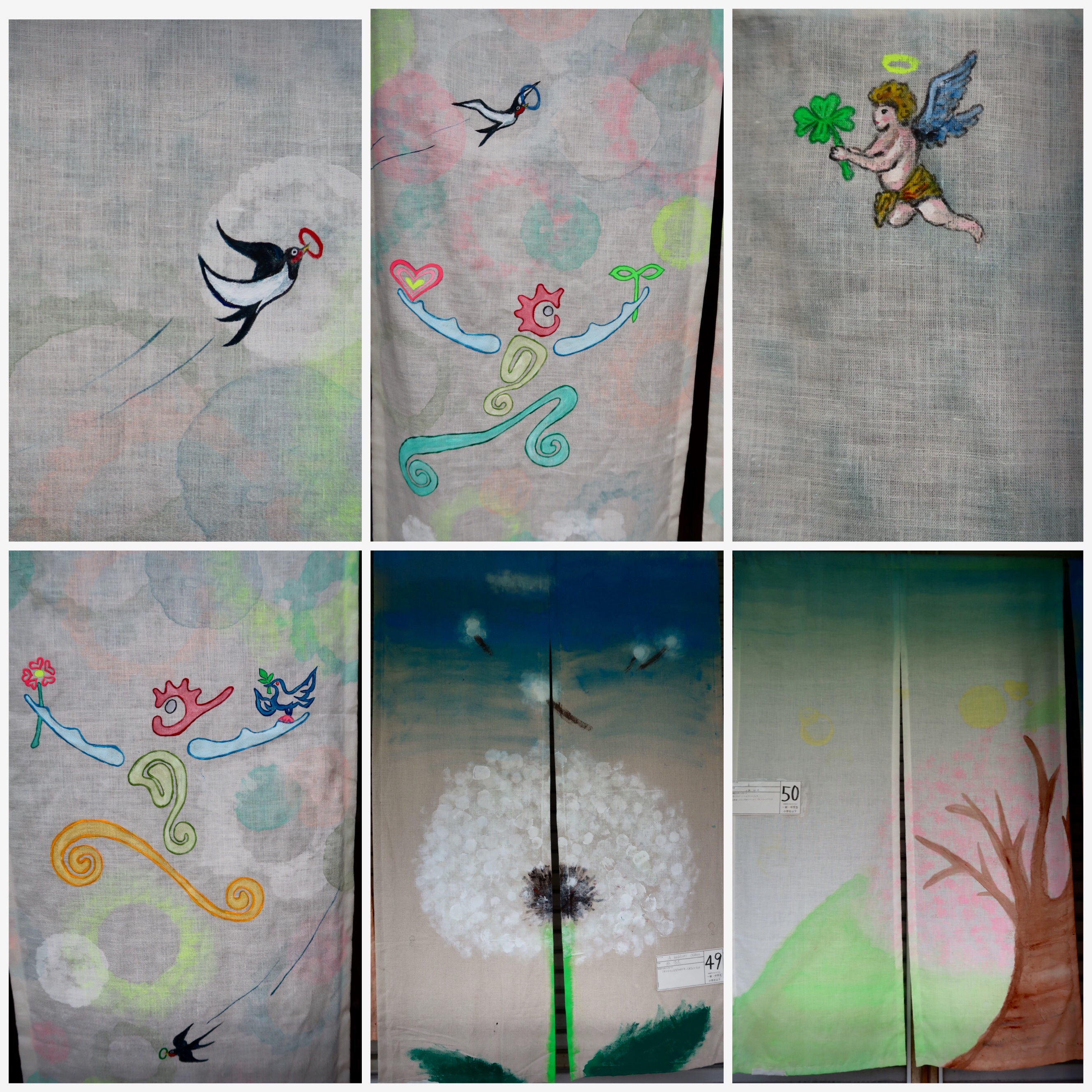
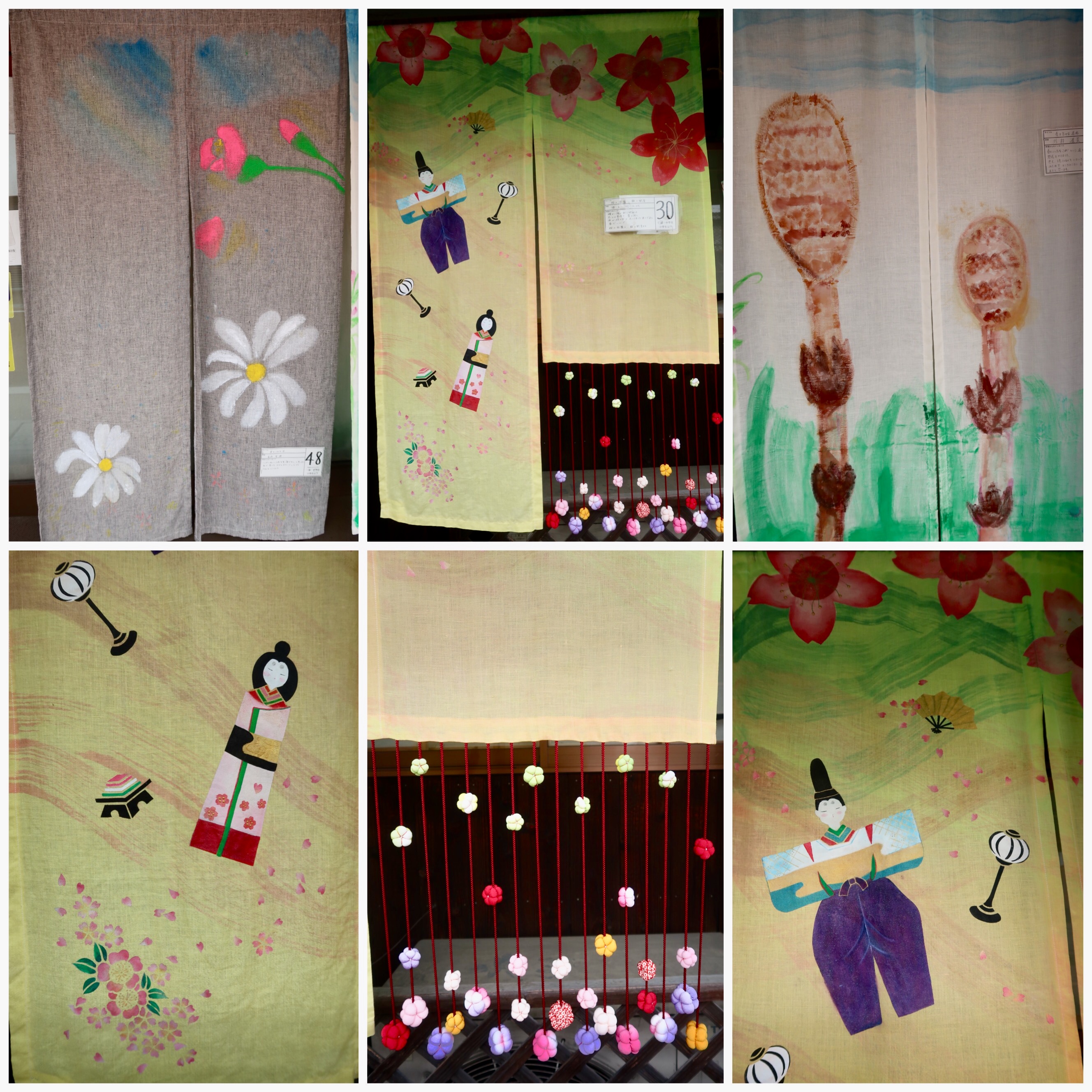
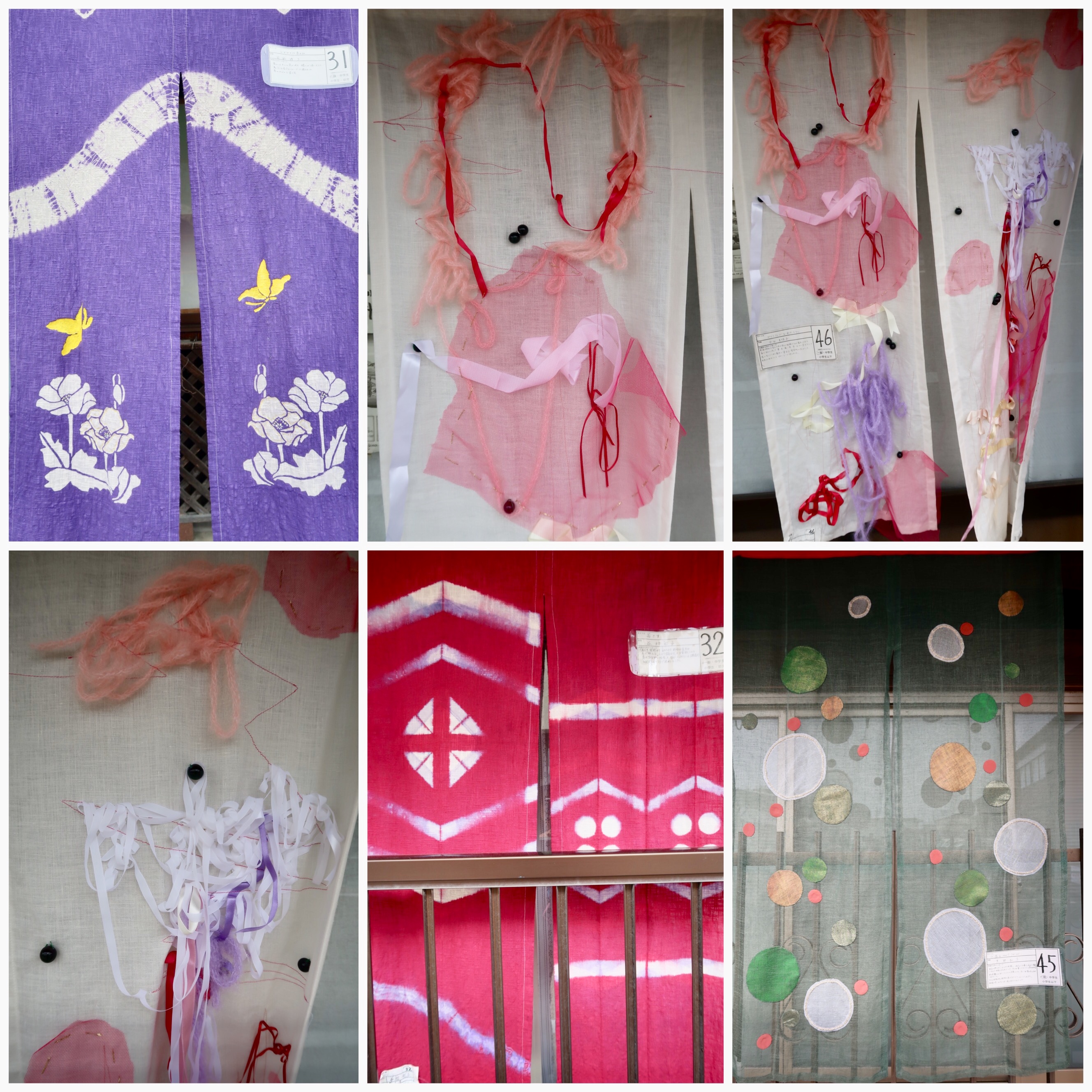
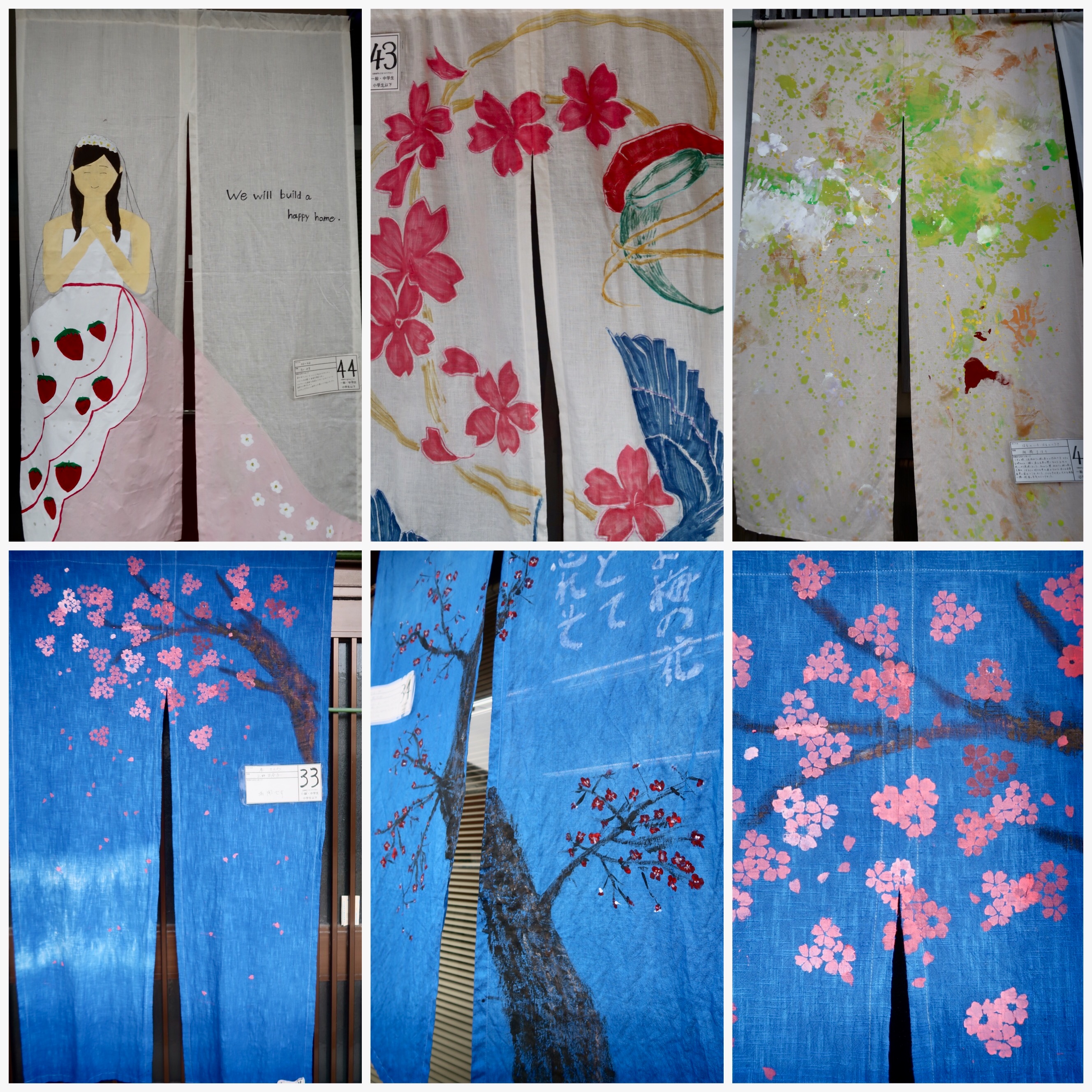
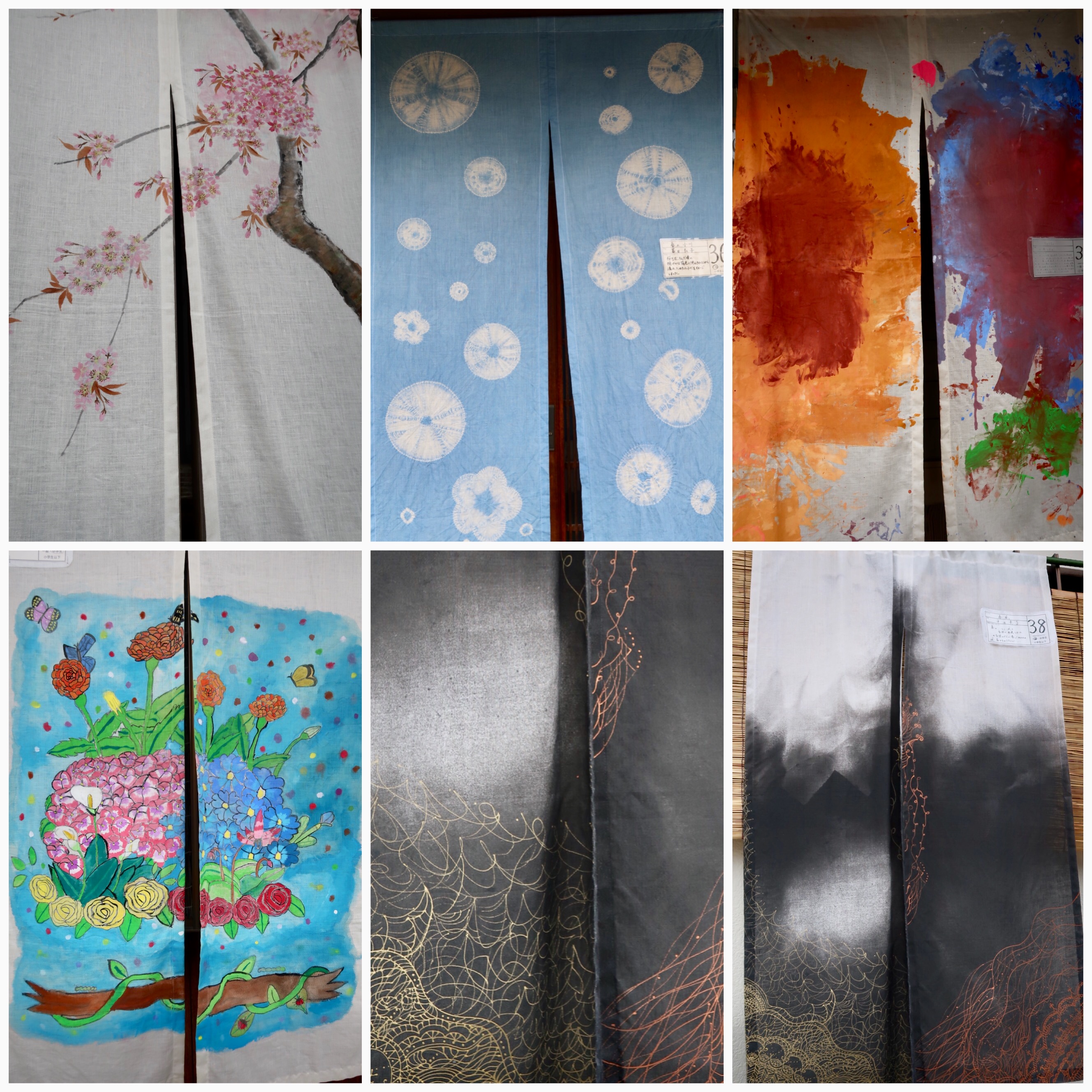
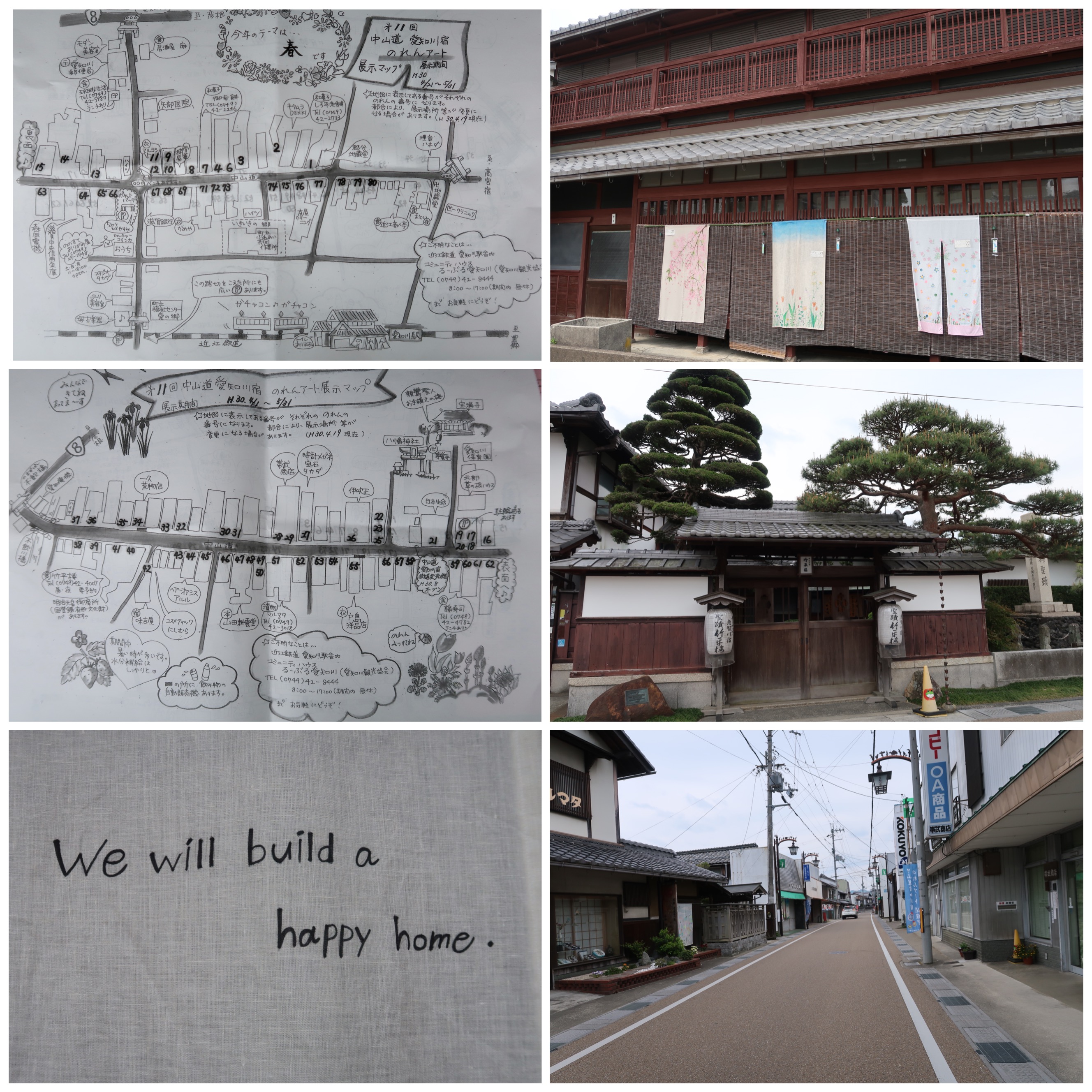
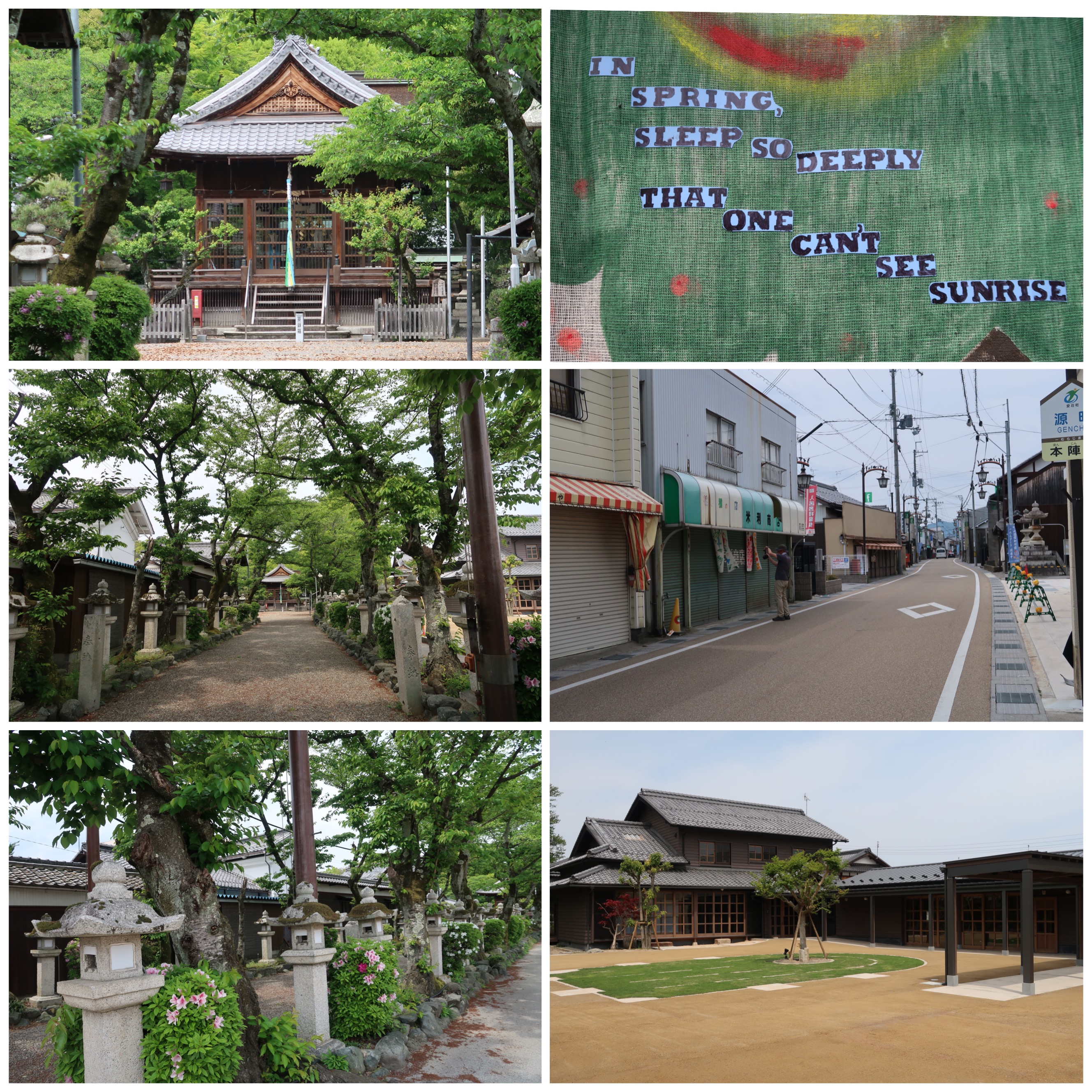
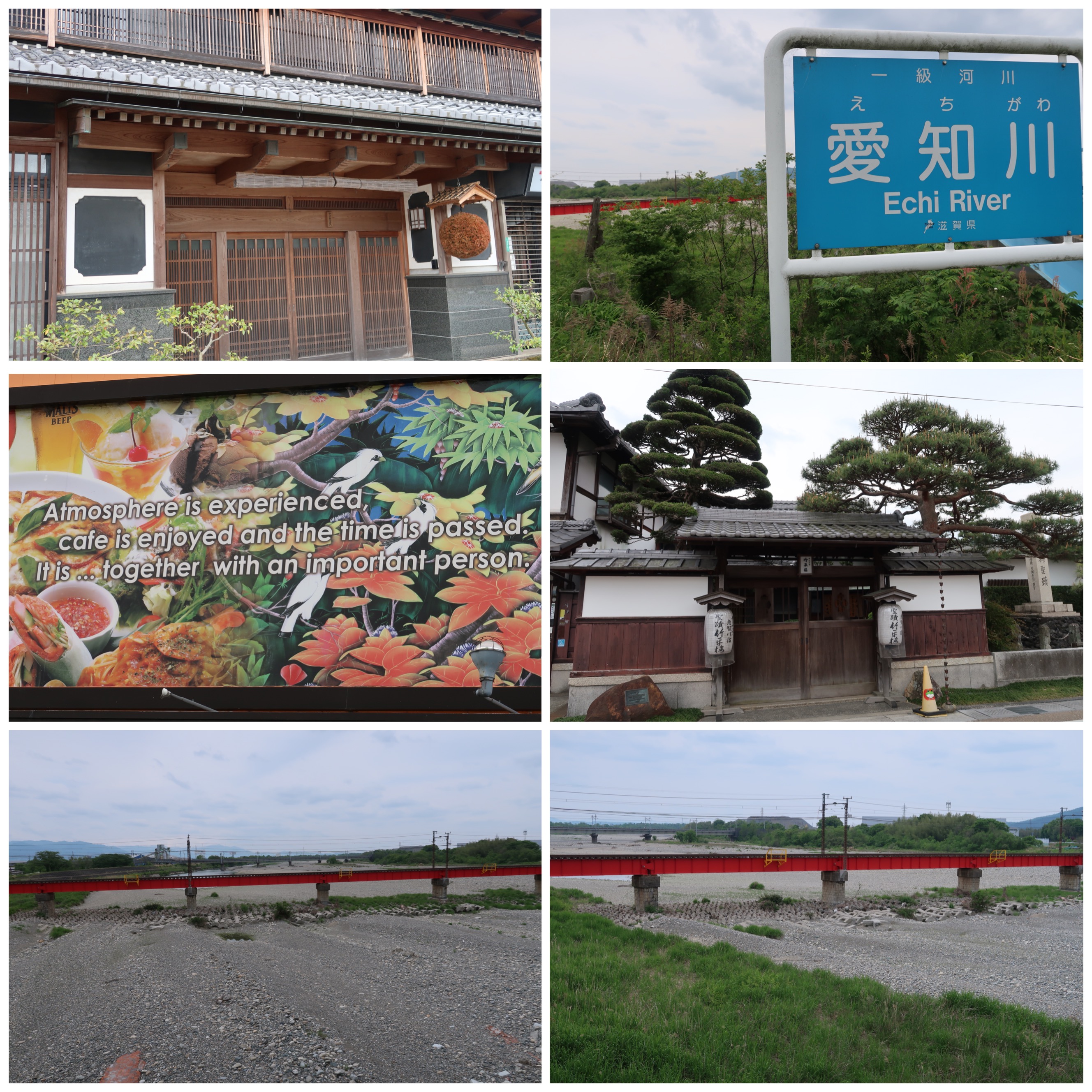
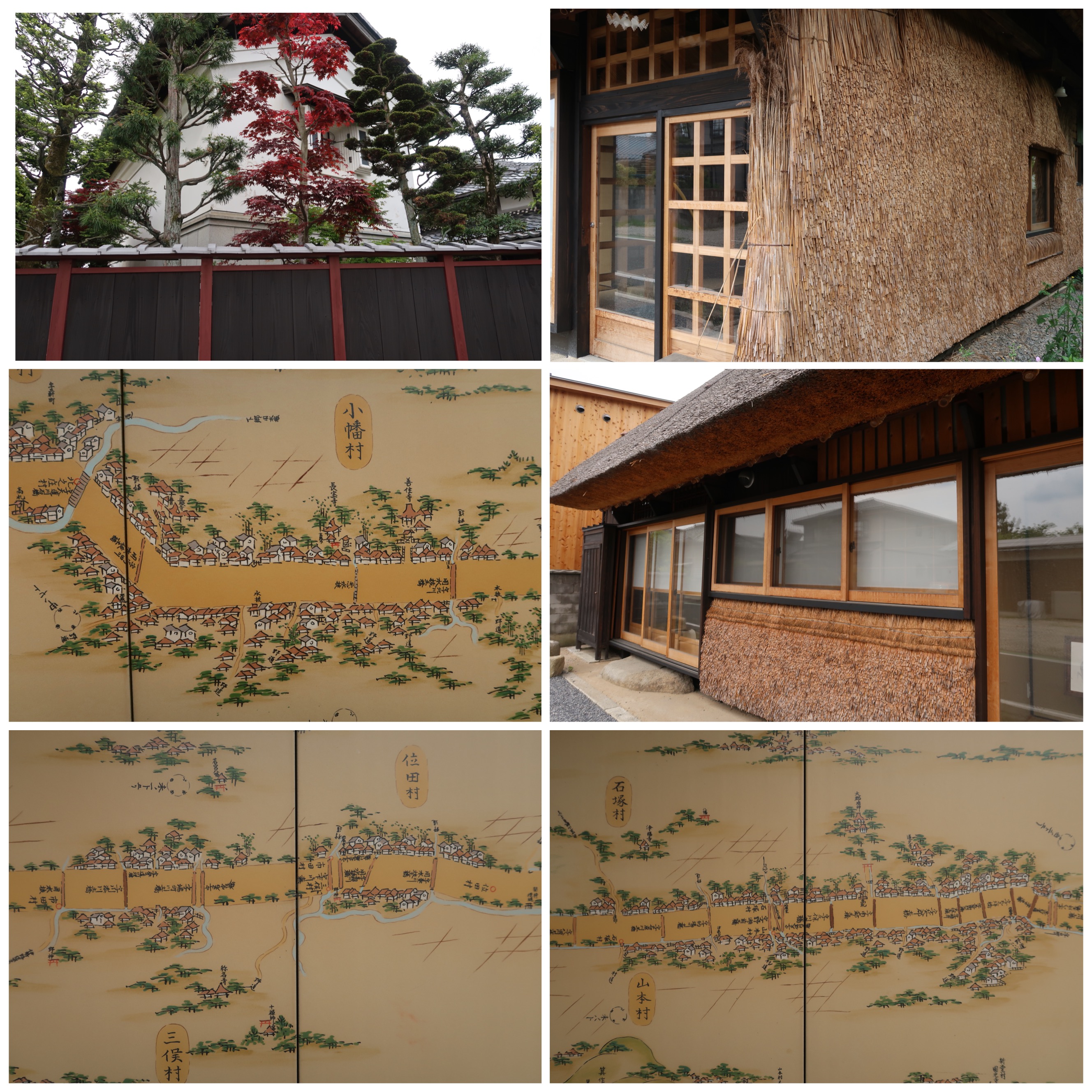
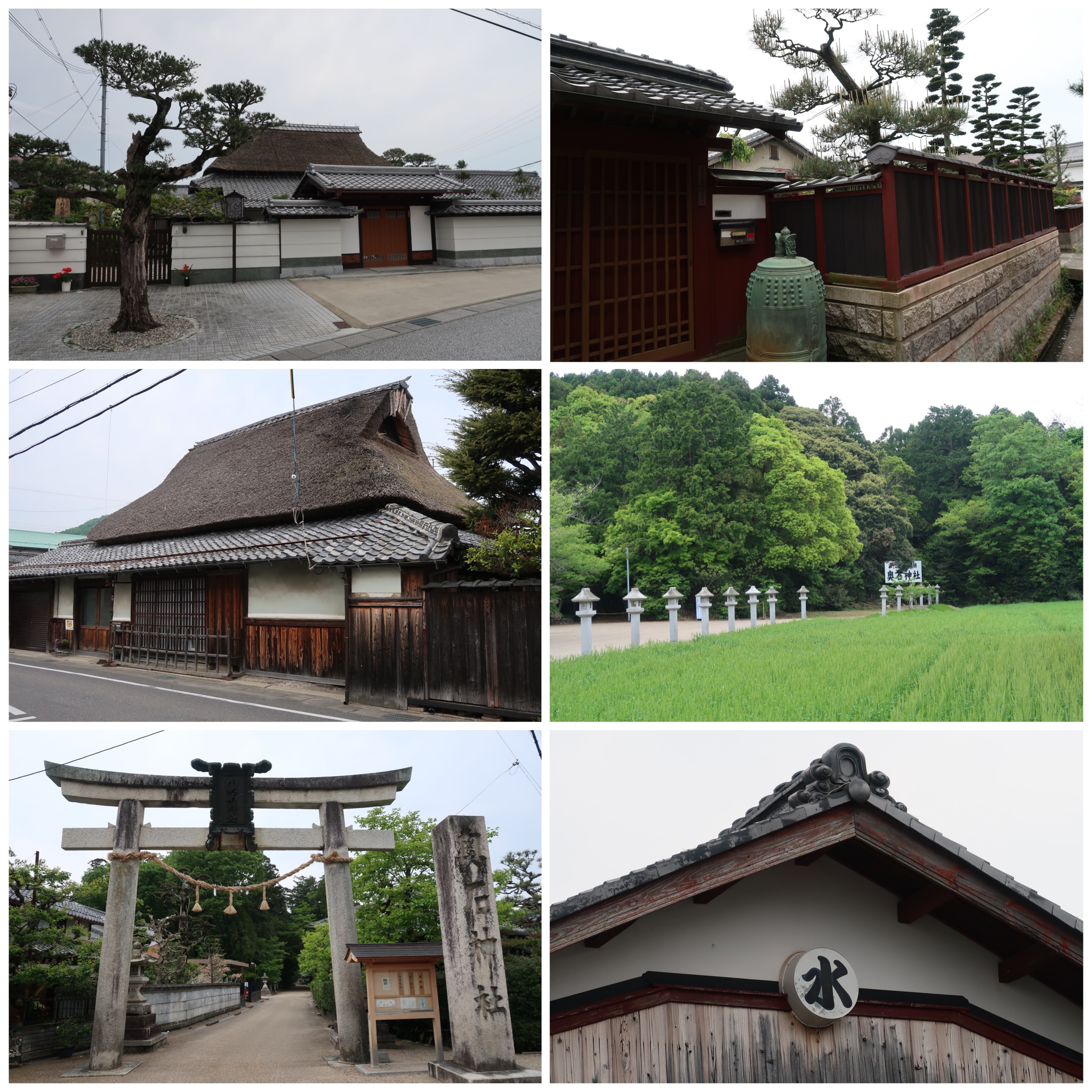
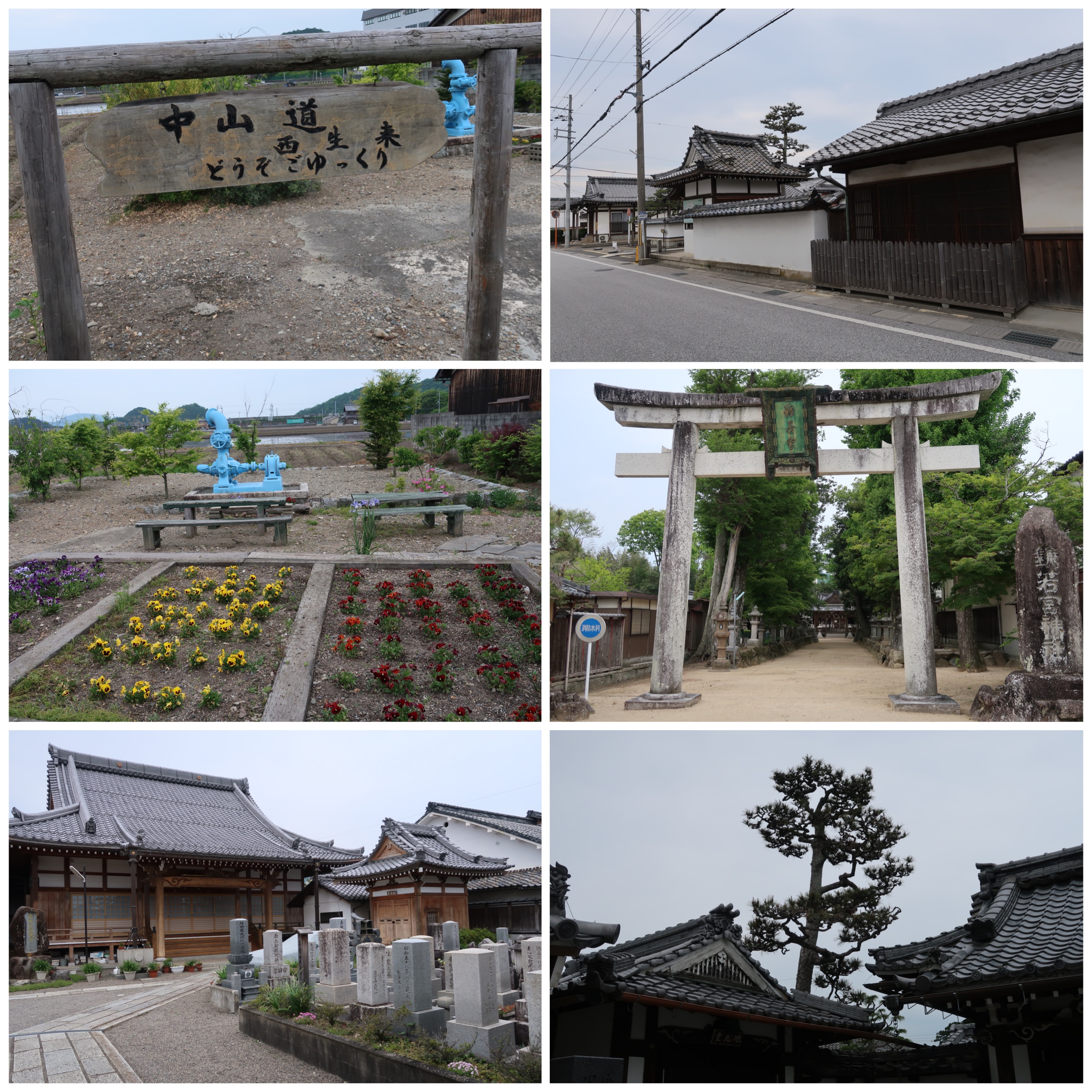
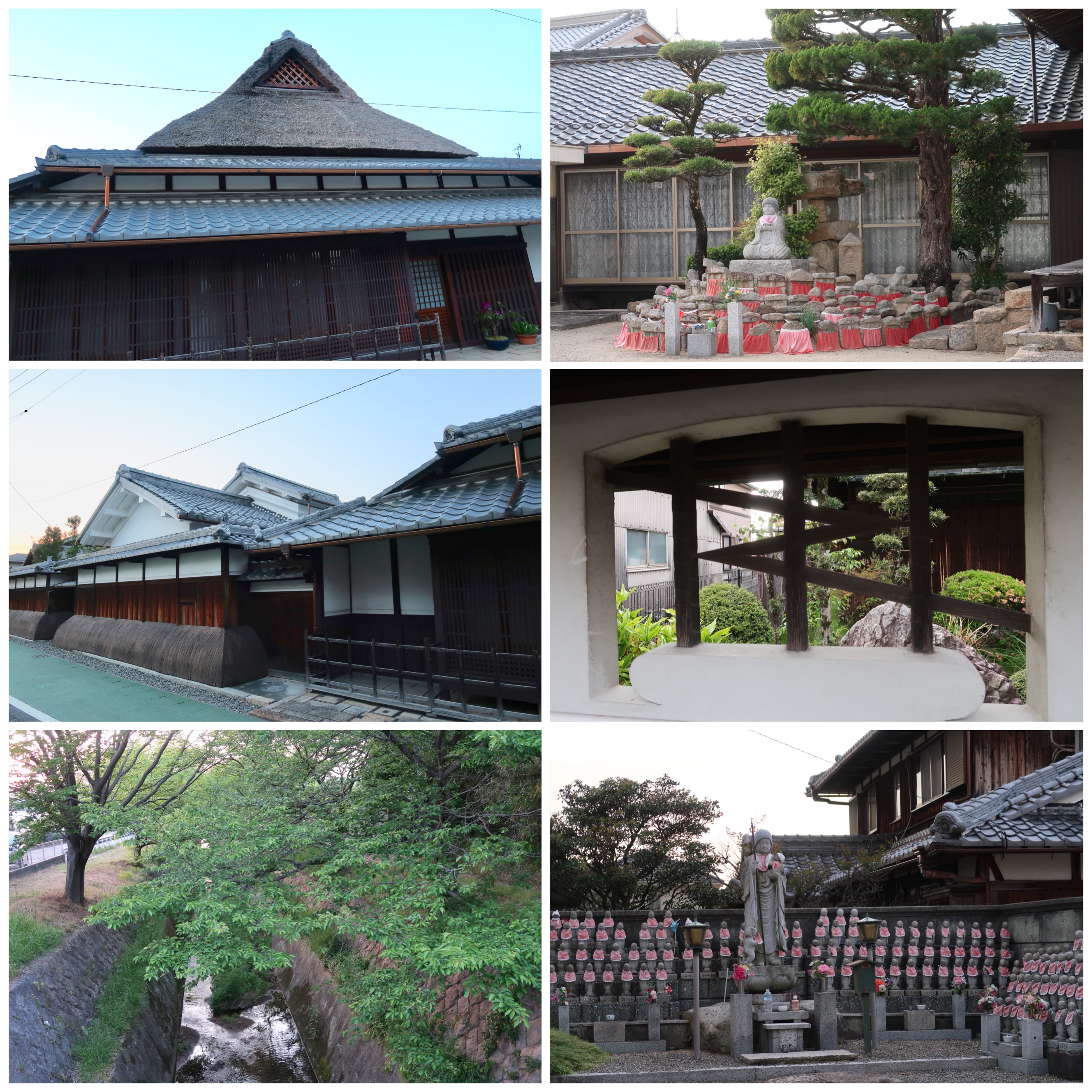
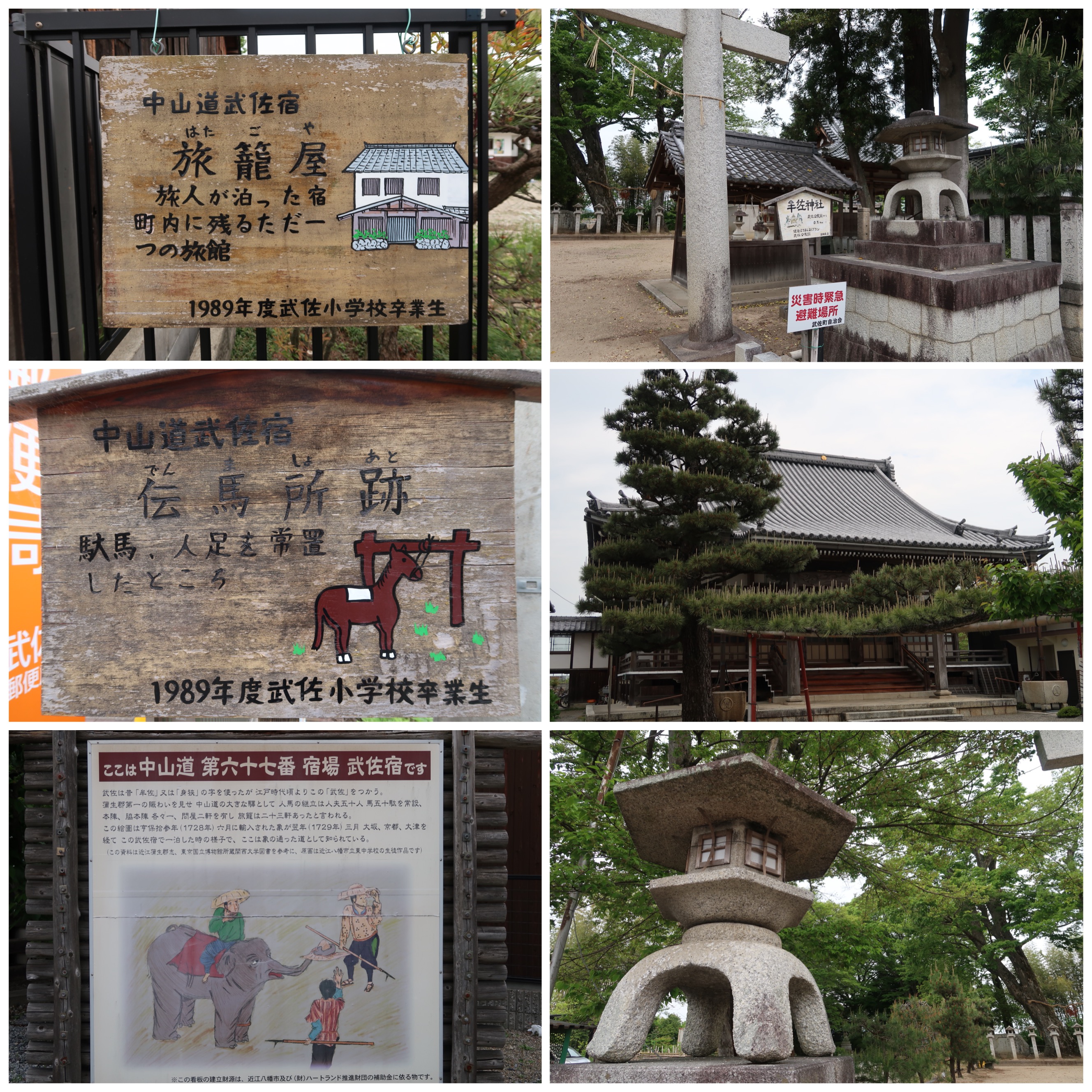
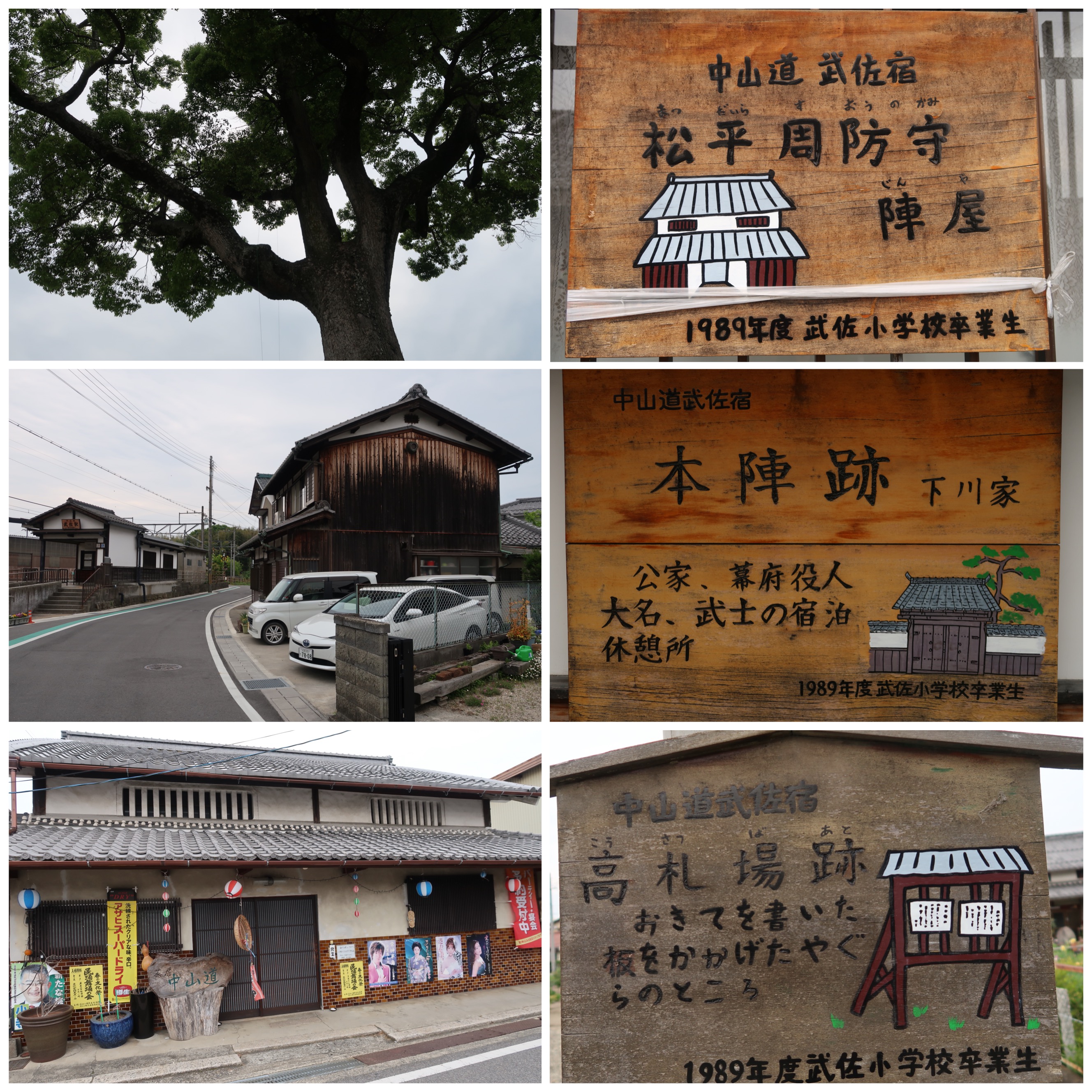
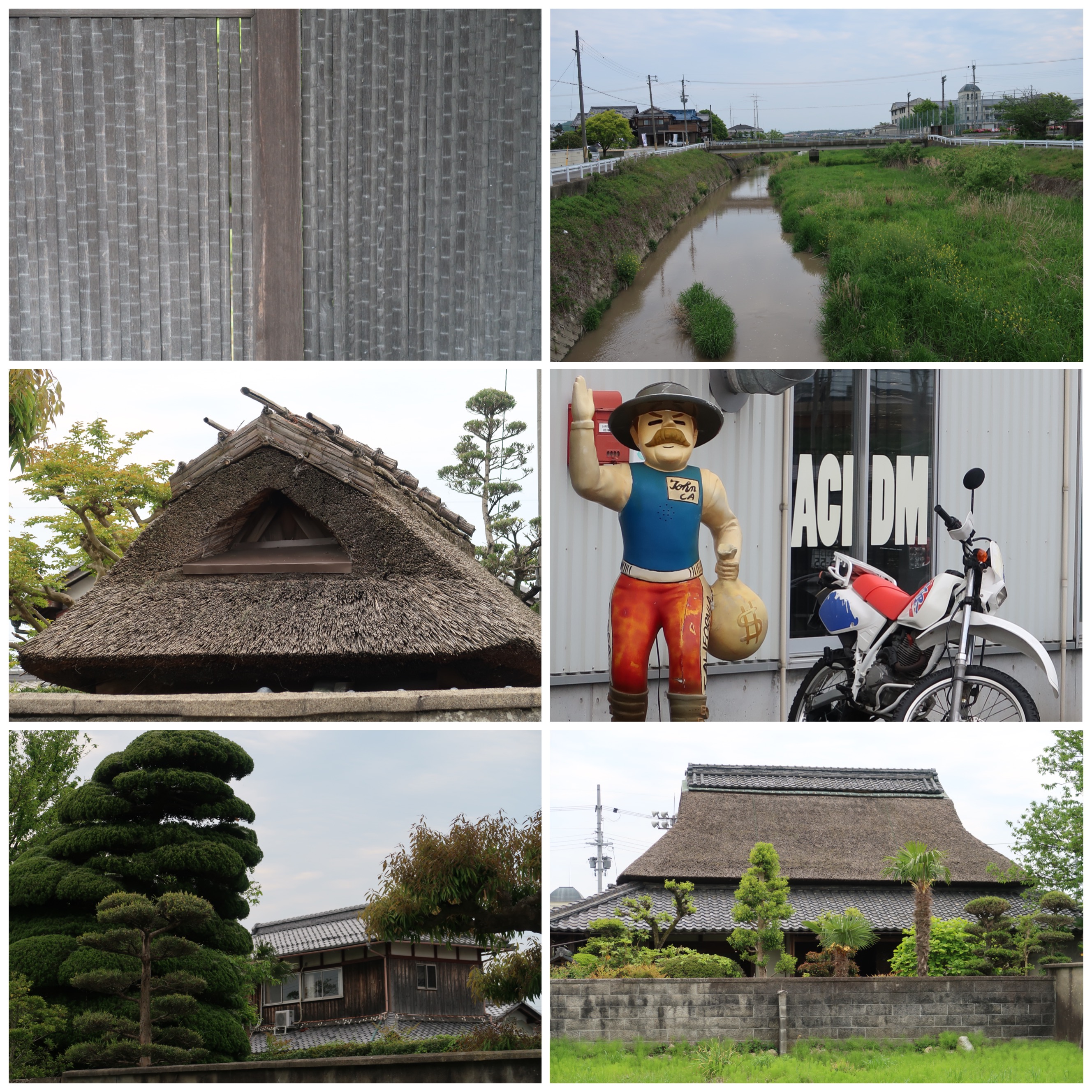
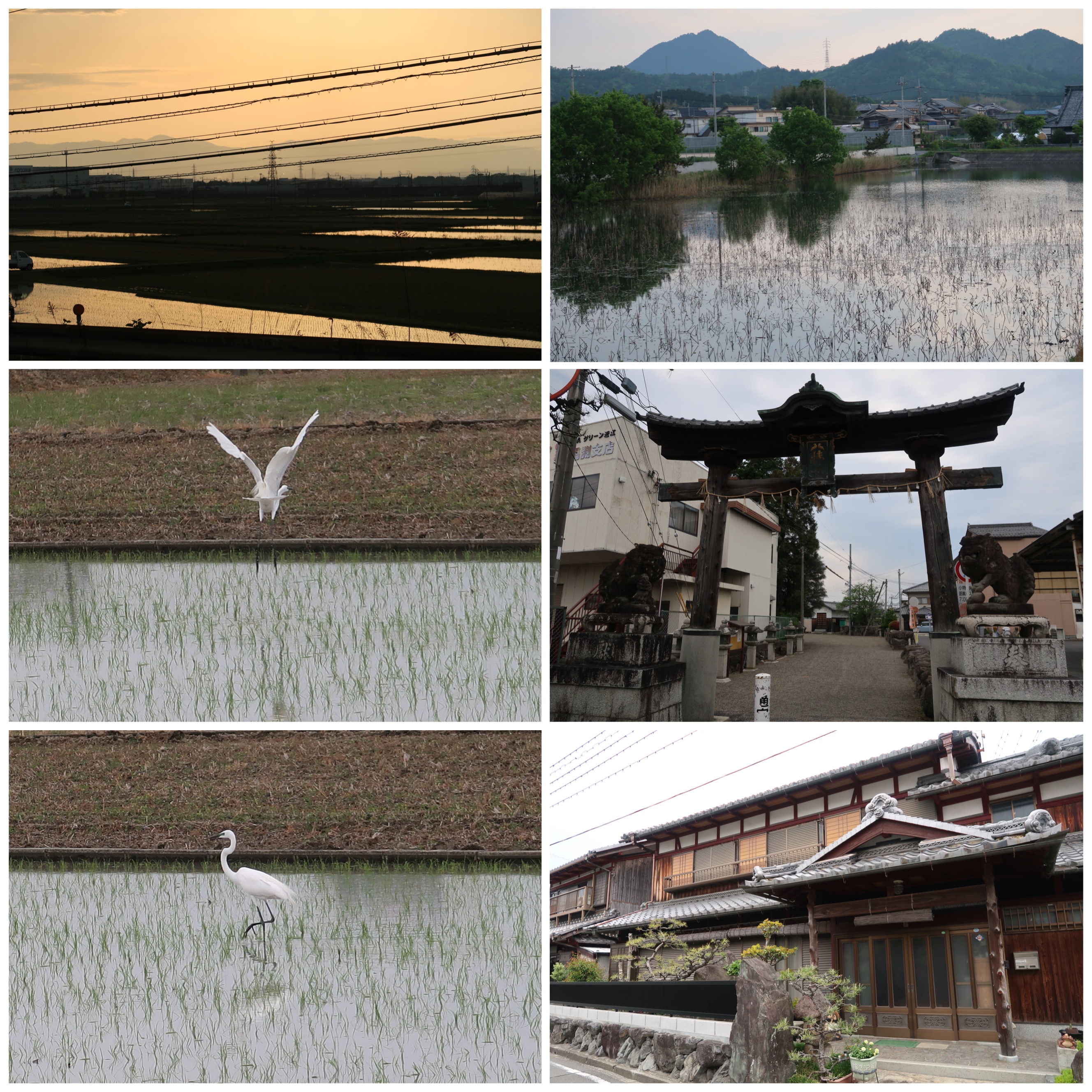
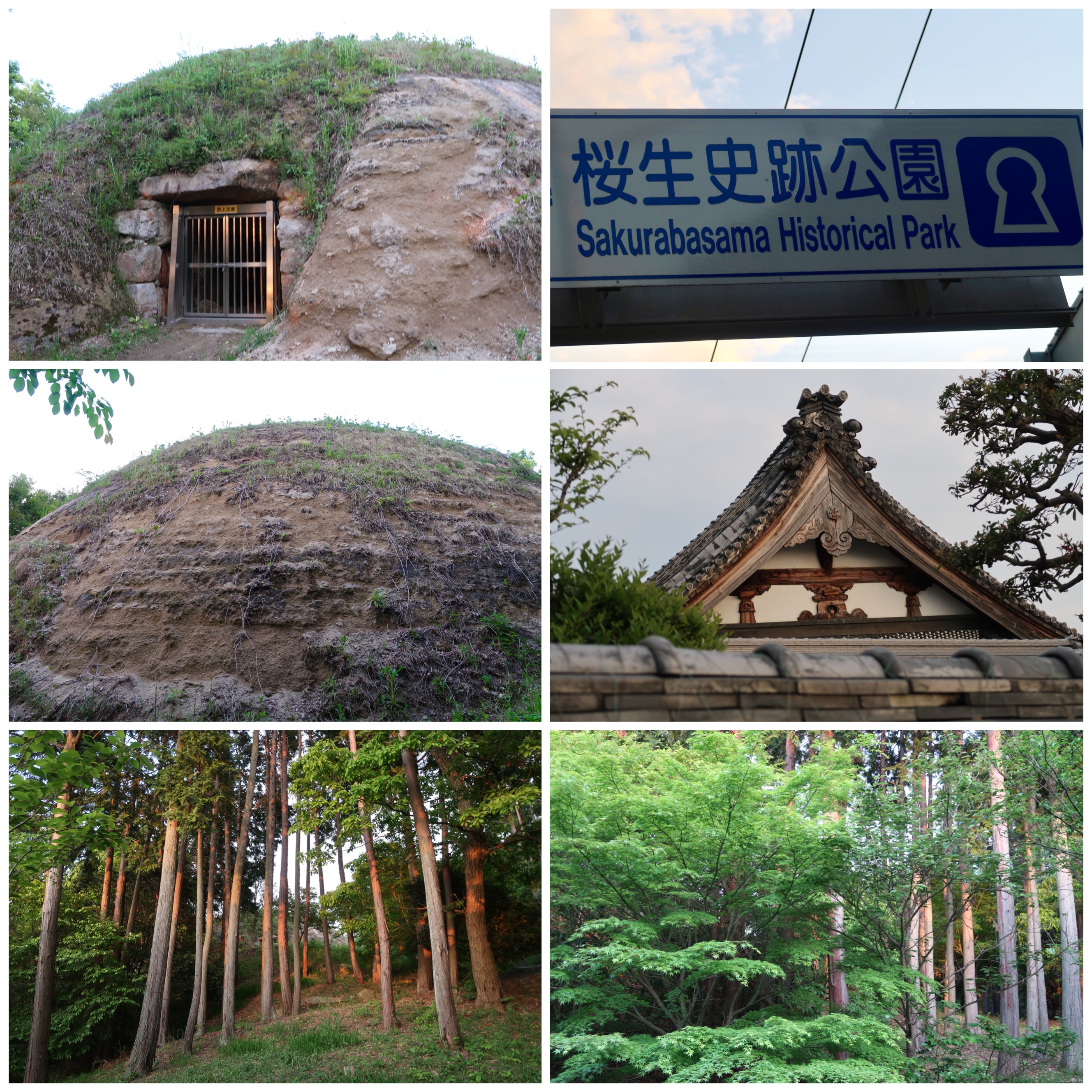
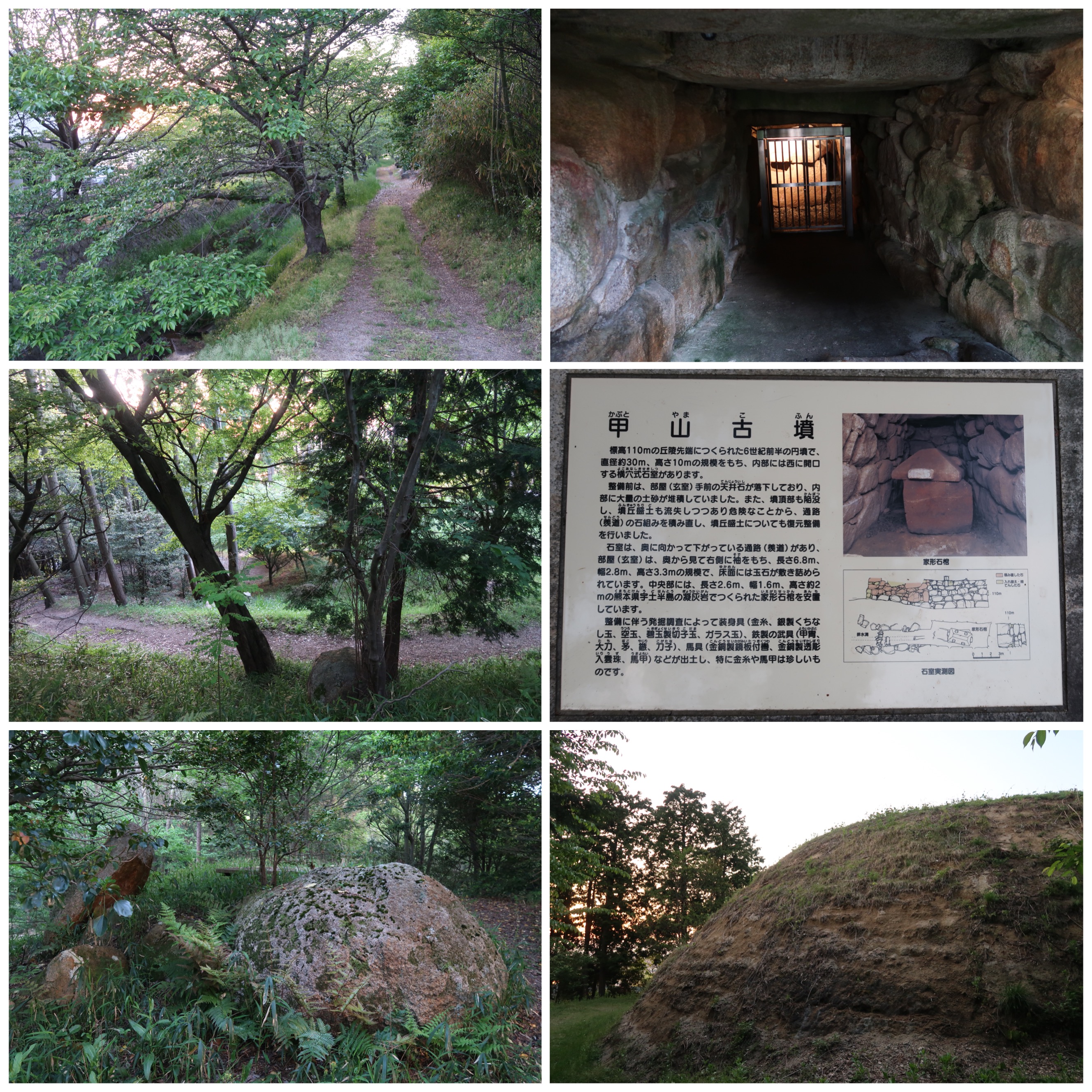
Day 30 - Walking the Nakasendō, Japan - An Unexpected Art Exhibition In Echigawa, Magical Twilight Walking, and Remembering the Buddha’s Heart Sutra
We are starting to feel that the end of the pilgrimage is nearing.
Since we have been staying at the same hotel in Kusatsu for three days, we have been able to walk longer days without our backpacks.
It is a good thing, because the days are getting hotter, and walking is more tiring in the heat.
This morning we had a good breakfast at the Boston Plaza hotel in Kusatsu, then took the train back north to Echigawa station, where we had stopped walking last night.
Then we started walking south again.
In the post town of Echigawa-juku, which runs for several kilometers along the Nakasendo, there was not much left of the old route.
A few signs marked the locations of once beautiful old inns.
Echigawa still has some interesting old buildings, but seeing them is a mission of trying to avoid the speeding traffic up and down the narrow main road.
There was a beautiful art exhibit all along the Nakasendo in Echigawa, of hanging Noren.
It was difficult to cross the street multiple times to take photos of the beautiful Noren, while dodging oncoming traffic.
Noren (暖簾) are traditional Japanese fabric dividers that look like a curtain, and are used as dividers between rooms, hung on walls, in doorways, or in windows.
Noren usually have one or more vertical slits cut from the bottom to nearly the top of the fabric, allowing for easier passage or viewing.
Noren are rectangular and come in many different materials, sizes, colors, and patterns. In this case, the Noren were painted with beautiful and interesting designs.
Noren were originally used to protect a house from wind, dust, and rain, as well as to keep a house warm on cold days and to provide shade on hot summer days.
They can also be used for decorative purposes or for dividing a room into two separate spaces.
Children and adults living in Echigawa created many Noren based on the theme of Sakura (Cherry blossoms), and they have been hung outside of many of the houses around town.
They were beautiful and very charming.
What a great idea for a small community to create a mini art show to beautify their town for the Sakura season.
A shopkeeper saw us enjoying the Noren, and she invited me into her shop and gave me a map of the town, with the printed names of everyone who had created a Noren.
There were 80 painted Noren hanging around town.
Jules said that it is a shame that nobody walks through this town, to enjoy the beautiful exhibition.
The town has no cafes nor eateries, and no tourists stop to have a closer look.
The traffic just speeds by these lovely curtains which gently flap in the wind, as if they were calling to the many cars speeding by, “Why don’t you stop, or at least slow down?......There is beauty here to be appreciated.....”
Outside of town, we crossed the wide Echigawa river bed which was mostly dry.
I do question the wisdom of damming all the rivers and lakes that is very much a part of the Japanese attitude toward controlling nature.
The dry Echigawa river bed looked like the loss of a natural resource.
I could imagine how it looked when it was once full of water.
A river bed so large was not formed by a lack of water.
We continued along the Nakasendo towards Station town #66, Musa-juku.
The Nakasendo joined often the busy road full of trucks, with many chainstores lining the road.
We stopped at a Colombia Coffee Cafe, normally visited by truckers on their morning rest stop, and we had a good cup of drip coffee after hours of walking.
Most of today’s walk, which was under cloudy skies, was along this very busy commercial road that the Nakasendo has become in this area.
There was usually not even a sidewalk to walk on today, and the noise of the truck and car traffic was at times dispiriting.
It wasn’t an enjoyable walk.
It felt like we were pushing to finish up the pilgrimage because we are people who always complete what we set out to do.
By now, we are walking like well oiled machines, and we made our way with confidence through the busy lanes of speeding trucks and cars.
In a section of the road where the Nakasendo was rerouted to cross the river with a newer bridge, we saw a conveyer belt sushi restaurant chain, “Sushi Ro,” and stopped in for a late lunch.
After lunch, we still had an extra two hours of walking today’s walk to get to Moriyama, or at least to make it to Yasu.
We decided to walk until sunset, which now occurs around six thirty or seven in the evening.
By the late afternoon, we had to walk faster, because by that time, the Nakasendo was a rural secondary road with no street lights.
We walked by farms and small villages.
My feet were tired and Jules was trailing behind me, not looking as genki as he usually does.
I noticed that I was just walking fast to get the day over with, but then I decided not to walk with this frame of mind.
I reminded myself that soon, the experience would be over and that I would miss parts of it when we are no longer in Japan.
I reminded myself that the pain I feel is NOT REAL.
Pain is never real...
it is a choice we do not know we are making...
I reminded myself of the times that I meditated during the Vippassana retreats.
I sat in meditation on the hard floor with no back support and with my legs folded under me, for ten hours per day.
We took only five minute toilet breaks every hour and short breakfast and lunch breaks.
I remembered how the pain in my back, my legs or my shoulders, felt so intense, that I felt like it was the most real thing in the world.
The suddenly it disappeared completely from the legs, and the “snake of pain” had moved to my spine or to my head or to the legs.
The pain and the discomfort were moving through my body, trying to find a place to “settle into.”
But I did not allow it to settle in, so it kept on moving around my body.
At times the pain seemed so real, that I felt like crying.
But the ten days of silent sitting meditation had taught me not to listen to the pain, and to observe how like magic, it disappears....
I told myself that a pilgrim who is seeking wisdom and enlightenment must not walk with pain or hurry to finish up her days.
Wisdom and inner peace can descend at any moment, on a calm and ready mind....
So I decided to start counting all the things that I liked about the landscape I was walking through.
I noticed the color of the sunset, how it reflected on the wet rice fields, coloring them with a golden hue....
I noticed how the reeds in the pond merge with their own reflections to create geometric shapes like beautiful paintings....
(I am adding the photos I took at these moments, to this post)
I noticed the beauty of the twilight hour.
It is what Carlos Castaneda called the “hour of power.”
Magic can happen in the twilight hour, because it is a time of opening between the dream world we all think is reality, and the unseen realms....
Needless to say, the pain in my feet went away.
I slowed down to try to share some of my experience with Jules, and help him too.
I reminded him about the Buddha’s Heart Sutra.
The Heart Sutra sums up the Buddha’s realization that the body does not exist.
We are energy fields of light, intelligence and information, who only imagine we have physical form that is independent from our minds.
The Heart Sutra which Jules and I sang (in Japanese) at least 88 times while we walked around Shikoku Island in Japan, says that:
“Form is emptiness Emptiness is form The Body (Form) is emptiness
Emptiness is form All sensations, perceptions, mental reactions, consciousness,
Are all Emptiness
are also like this. All things are essentially emptiness You are not born,
You cannot be destroyed,
You cannot sin or be stained or be wrong,
You cannot be pure
You are without loss,
You are without gain.
Emptiness is Form,
Emptiness is no form,
No sensation,
No perception,
No mental reaction,
No consciousness
There are no eye,
No ear,
No nose,
No tongue,
No body, (so no feet, right?....)
No mind, No colour,
No sound,
No smell,
No taste,
No touch,
No object of thought; No seeing
No thinking; No ignorance and also no ending of ignorance, No old age
No death No ending of old age
No ending of death; No suffering,
No cause of suffering,
No cessation,
No path.... No wisdom
No Enlightenment
No attainment of Enlightenment
No attainment....Since there is nothing to attain....”
Well, the reminder seemed to help both of us, and by instinct, we arrived upon a Koufon burial mound in a park next to the Shinkansen’s elevated path in Yasu.
My body just started climbing the steps to the Kofun mound.
A sensor by the entrance sensed us and a recording in Japanese explained about the ancient burial mound.
It was quite interesting to see, with the red lights of the setting sun shining down upon the surrounding forest.
It was magical and a bit amazing....
Wishing you light, and love and blessings,
Tali and Jules
Day 30 - Stats:
Total walking time 8 hours
Active walking time 6.5 hours
Total steps: 38,130 steps
Daily Kilometers: 28 Kilometers
Total Kilometers walked to date: 679.5 Kilometers
Accommodation: Boston Plaza Hotel in Kusatsu
A comfortable hotel with western style rooms and very good breakfast.
Total elevation climbed 1,848 meters
Total descent 1,857 meters
Maximum Altitude reached 117 meters
Stations Visited In Shiga Prefecture
65. Echigawa-juku (Aishō, Echi District)
66. Musa-juku (Ōmihachiman)
Echigawa-juku has a long history, with records of people passing by it in 1336.
It was originally a post town along the Tōsandō, before becoming part of the Nakasendō.
In its heyday, it thrived as both a post town and a commercial center.
For those who were heading to the Kantō region for trading, Echigawa was their traditional first stop along the Nakasendō.